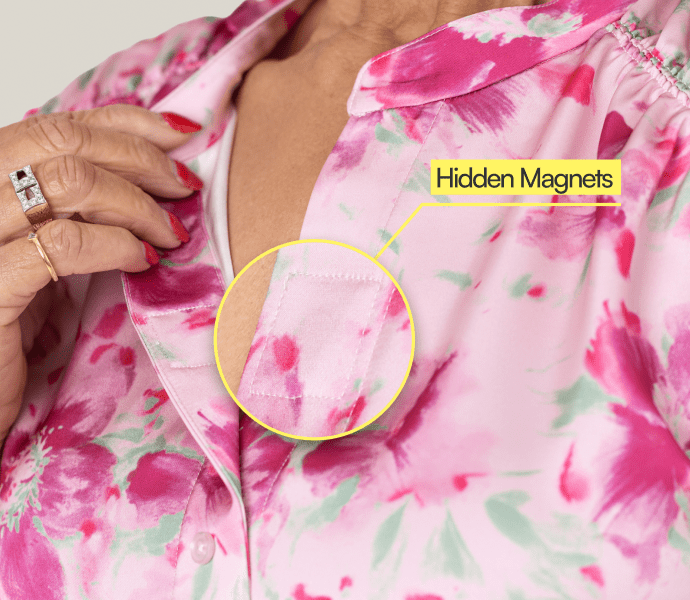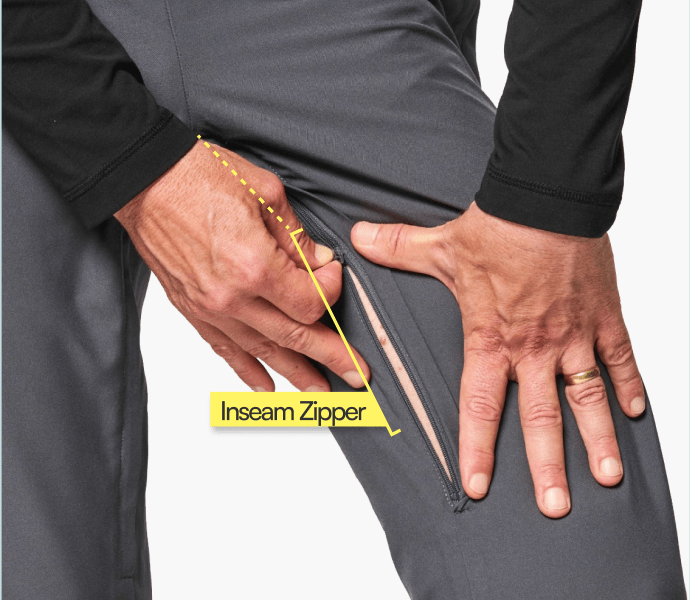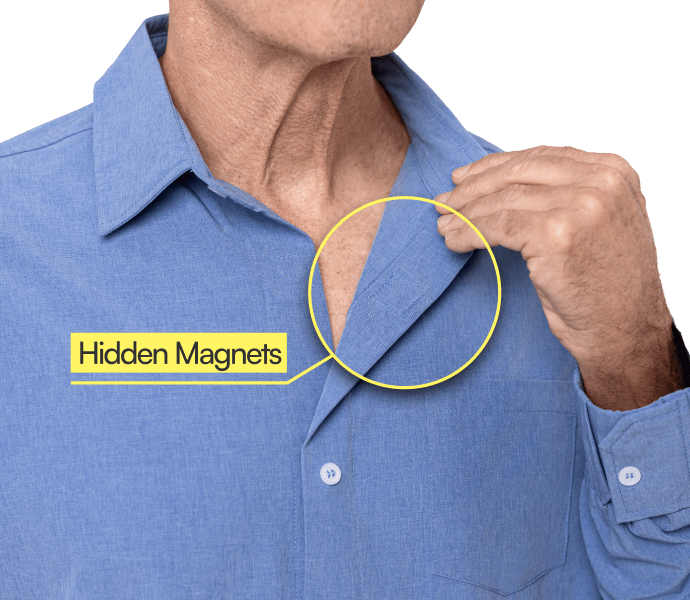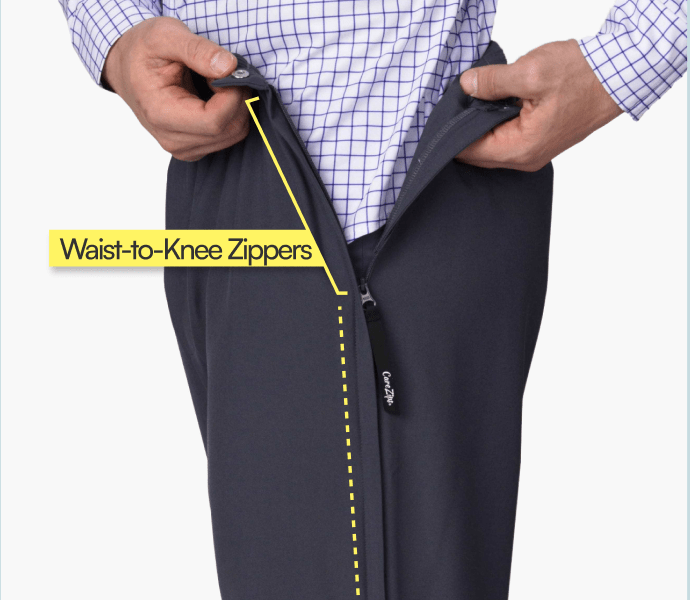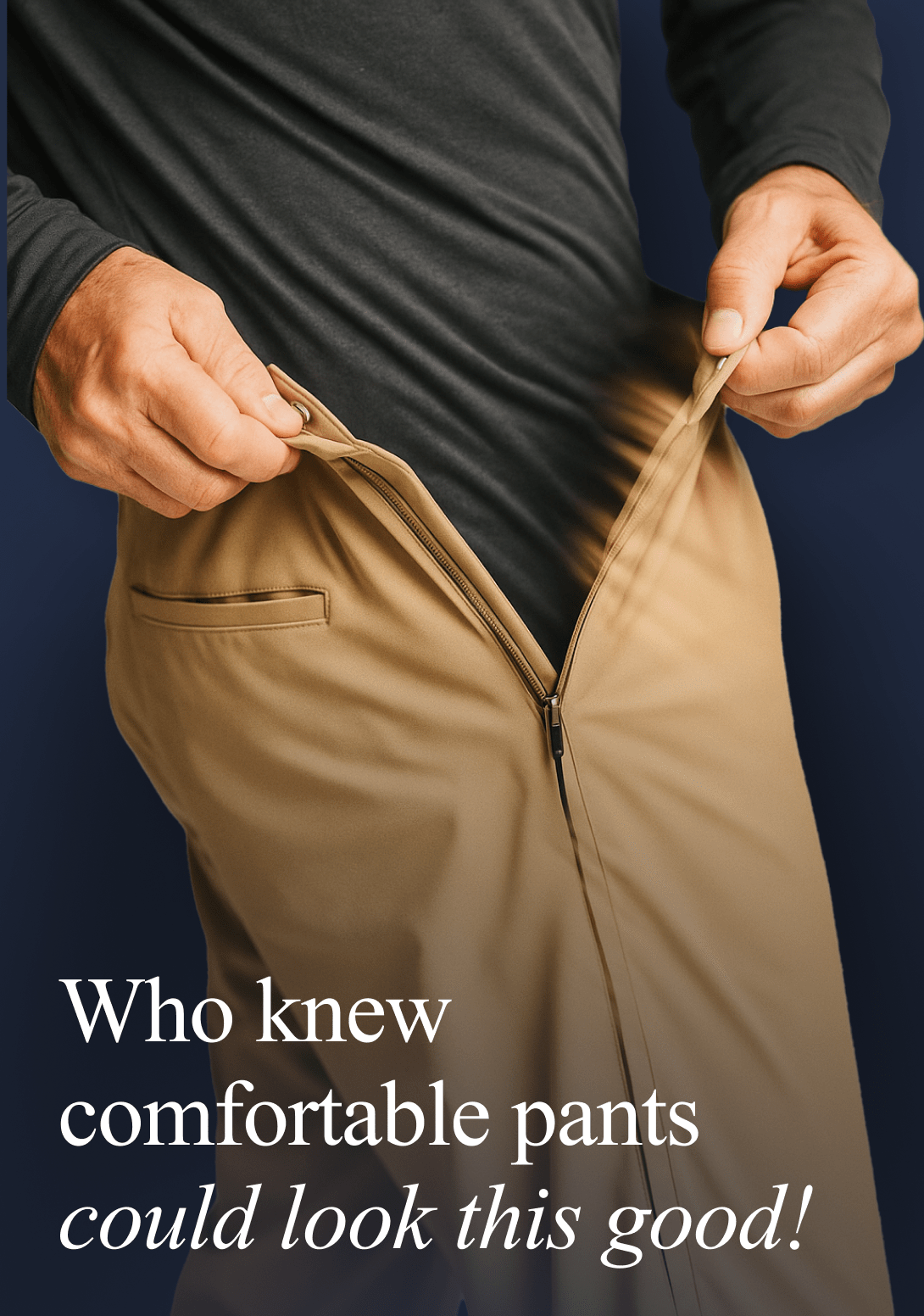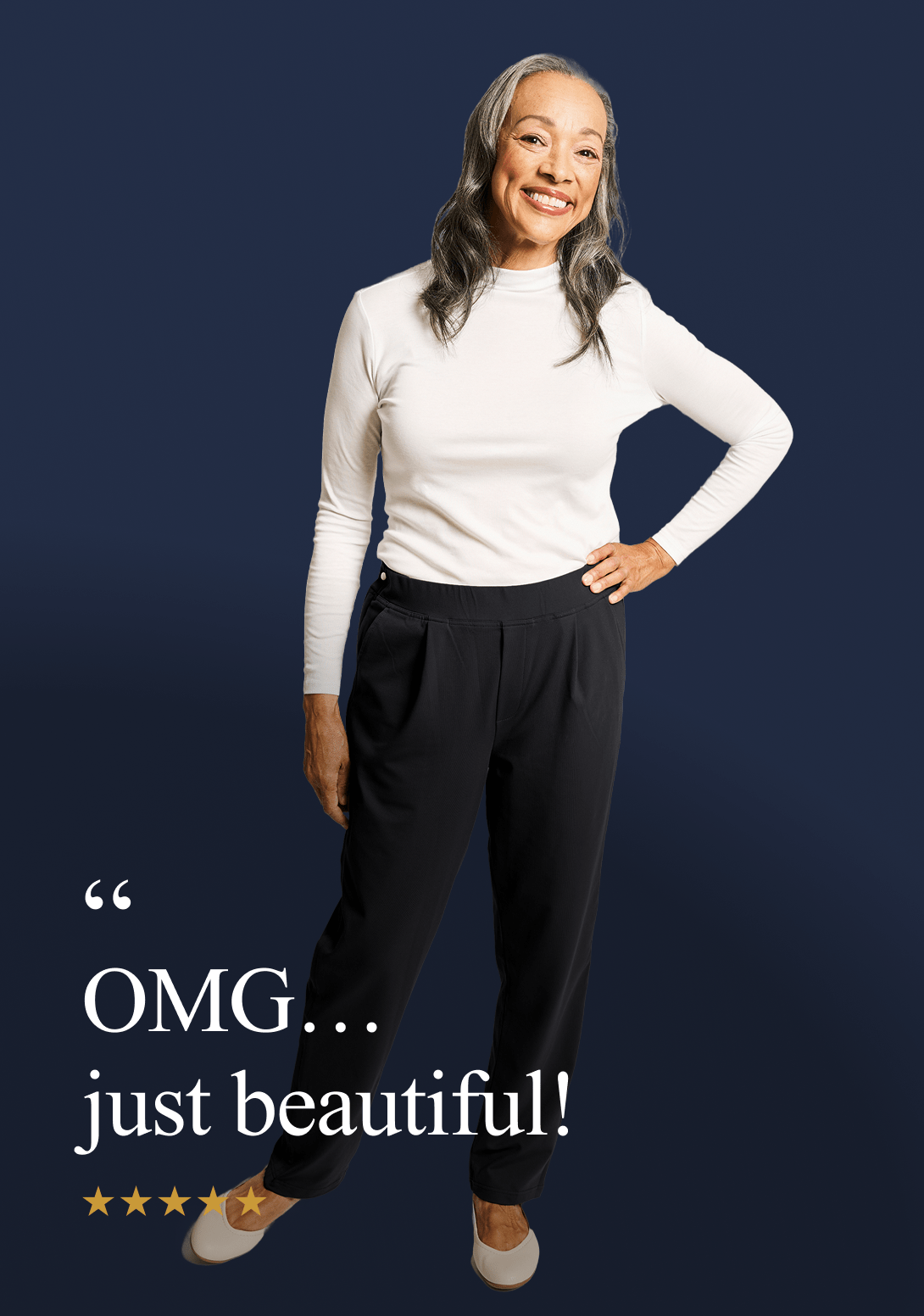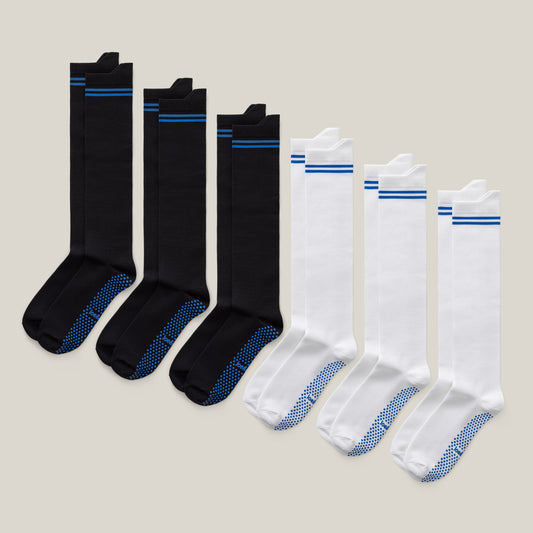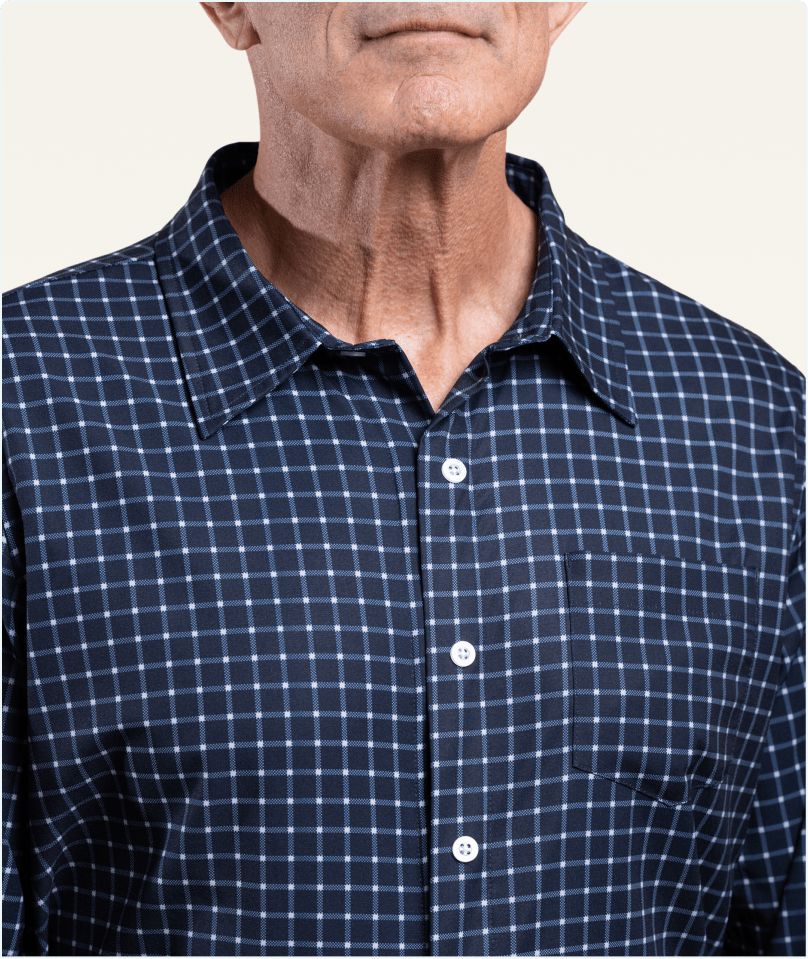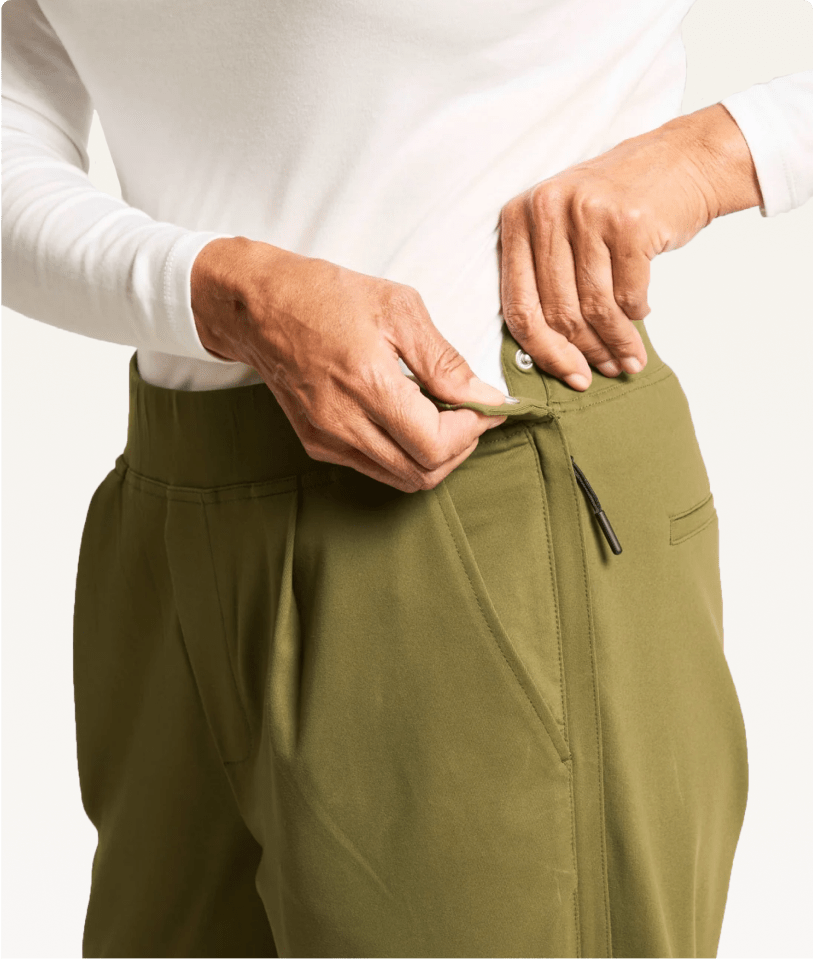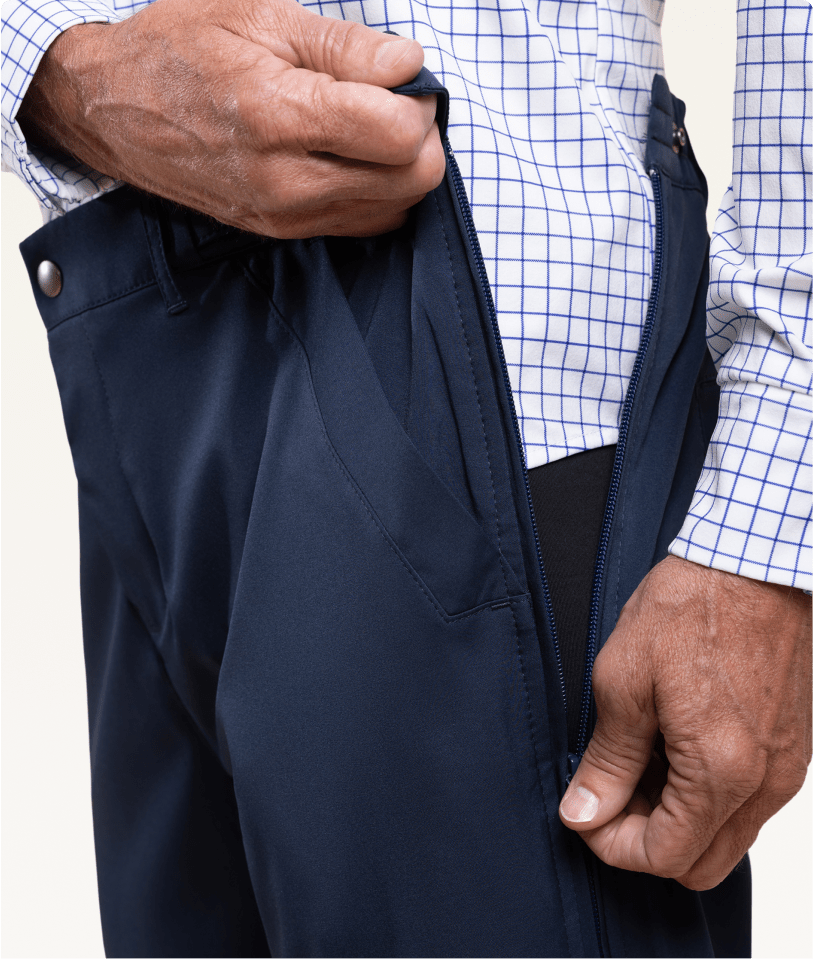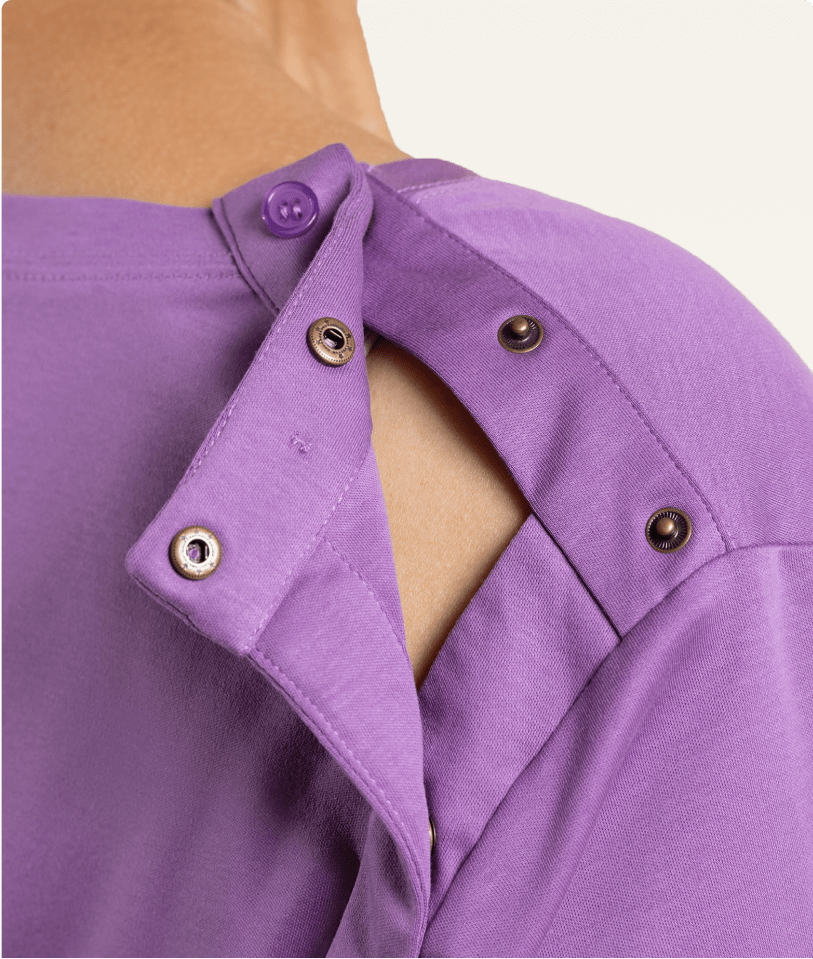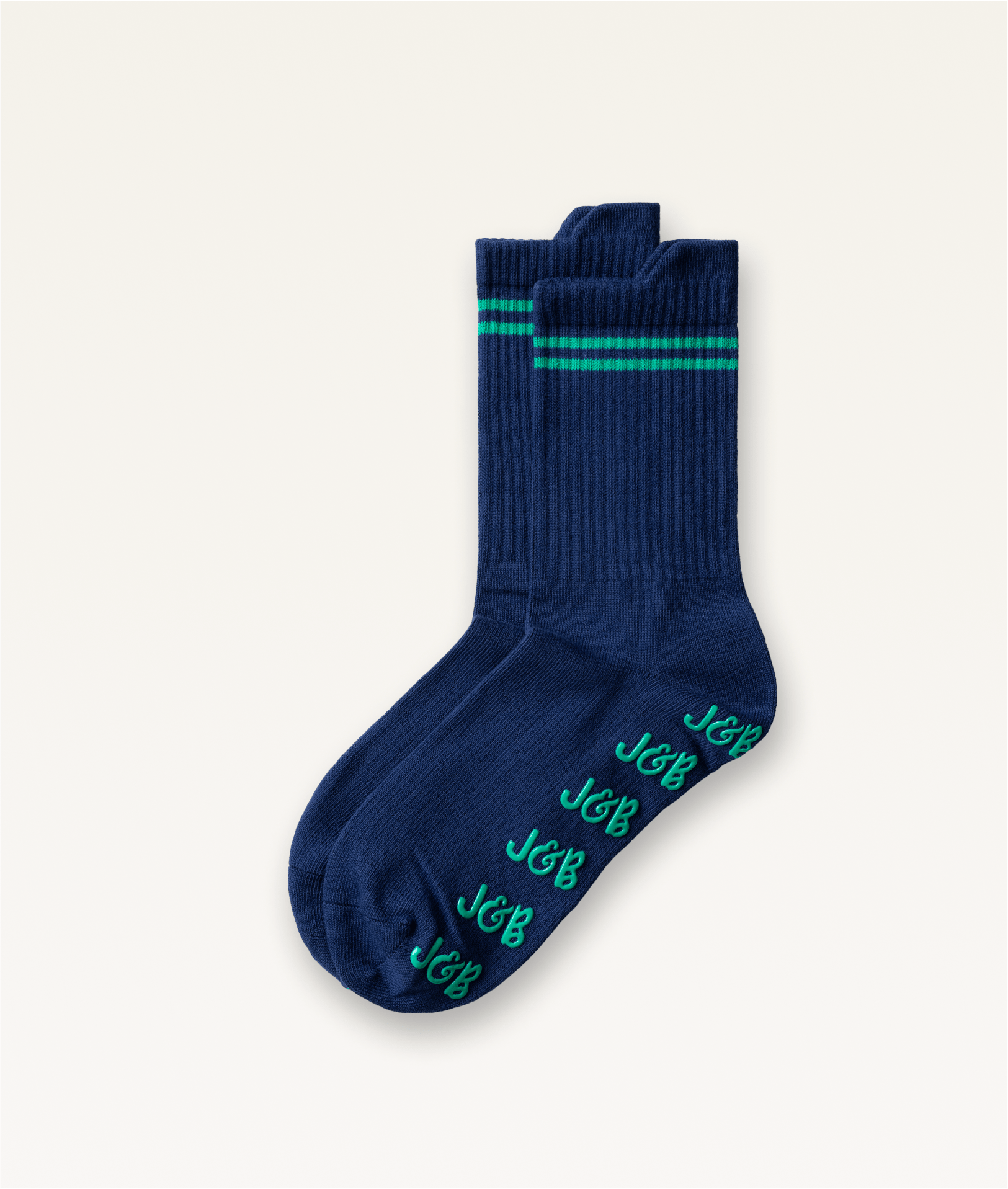-
 Best Seller 10% OffRegular price $88Regular priceUnit price per
Best Seller 10% OffRegular price $88Regular priceUnit price per$98Sale price $8810% Off

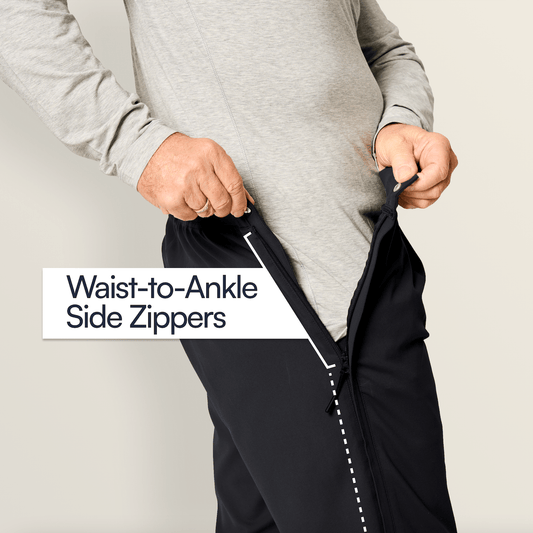

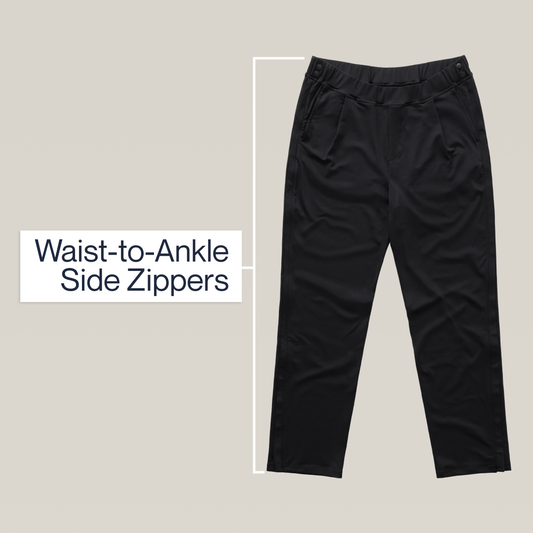
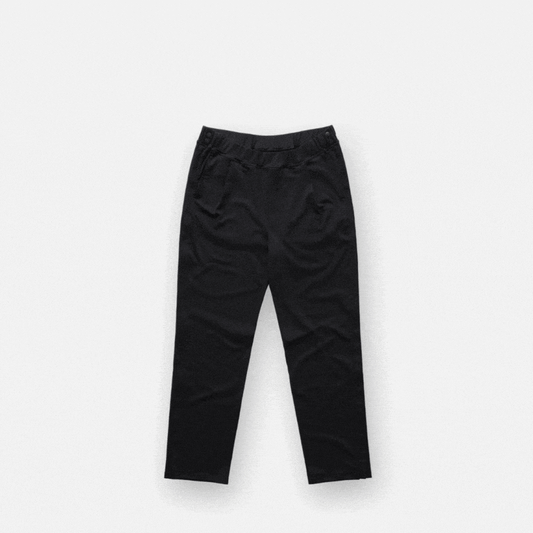
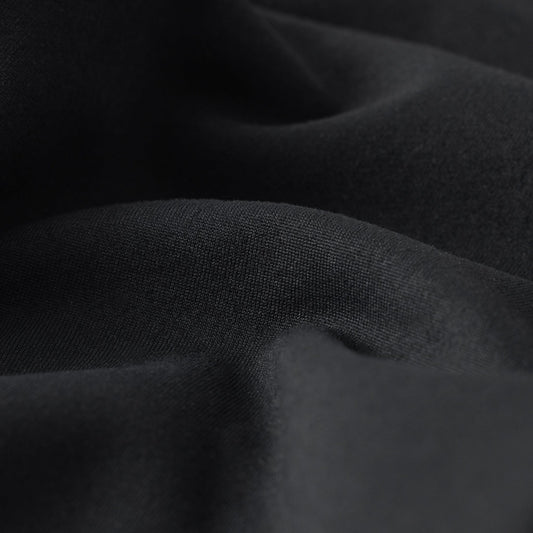
Side-Zip Pants
Sale Sold outRegular price $88Regular priceUnit price per$98Sale price $88Only 8 left in stock — don’t miss out!
View Full Product DetailsCouldn't load pickup availability
-
 10% OffRegular price $88Regular priceUnit price per
10% OffRegular price $88Regular priceUnit price per$98Sale price $8810% Off






Side-Zip Pants
Sale Sold outRegular price $88Regular priceUnit price per$98Sale price $88Only 8 left in stock — don’t miss out!
View Full Product DetailsCouldn't load pickup availability
-
 Regular price $98Regular priceUnit price per
Regular price $98Regular priceUnit price per$98Sale price $980% Off






Side-Zip Pants
Sale Sold outRegular price $88Regular priceUnit price per$98Sale price $88Only 8 left in stock — don’t miss out!
View Full Product DetailsCouldn't load pickup availability
-
 Regular price $98Regular priceUnit price per
Regular price $98Regular priceUnit price per$98Sale price $980% Off







Side-Zip Pants
Sale Sold outRegular price $88Regular priceUnit price per$98Sale price $88Only 8 left in stock — don’t miss out!
View Full Product DetailsCouldn't load pickup availability
-
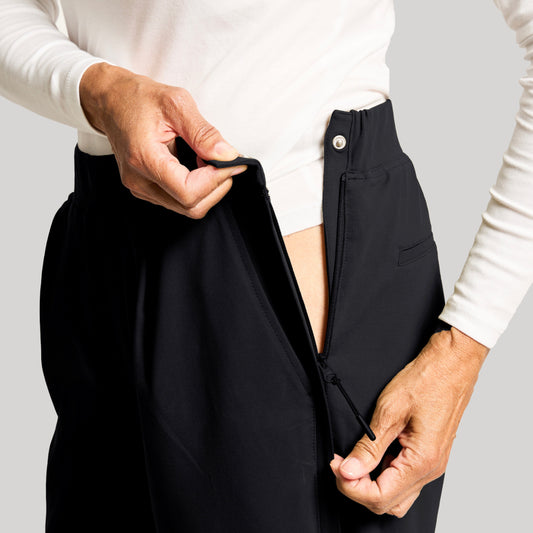 Best Seller 10% OffRegular price $88Regular priceUnit price per
Best Seller 10% OffRegular price $88Regular priceUnit price per$98Sale price $8810% Off

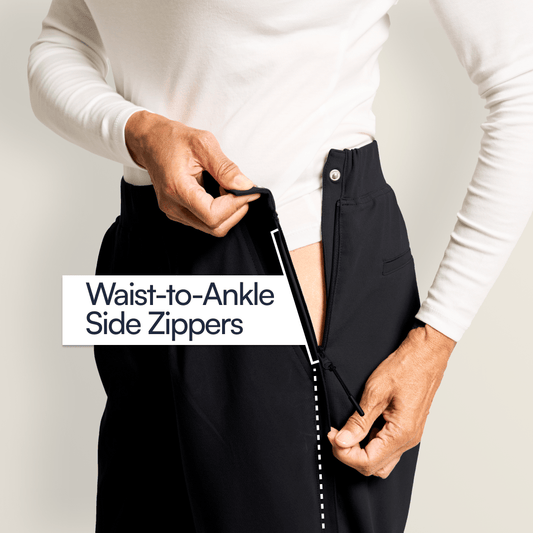



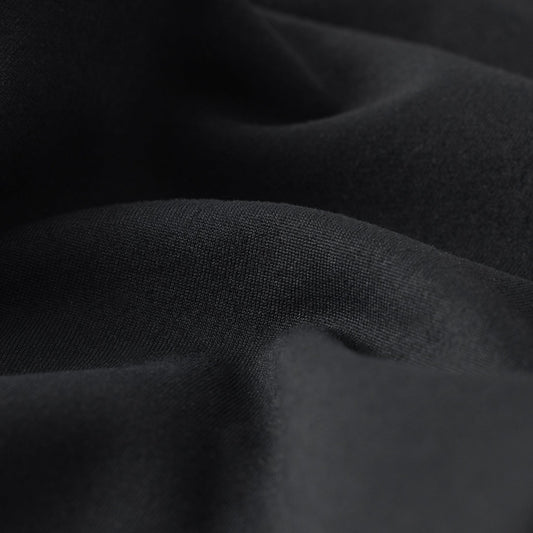
Side-Zip Pant
Sale Sold outRegular price $88Regular priceUnit price per$98Sale price $88Only 6 left in stock — don’t miss out!
View Full Product DetailsCouldn't load pickup availability
-
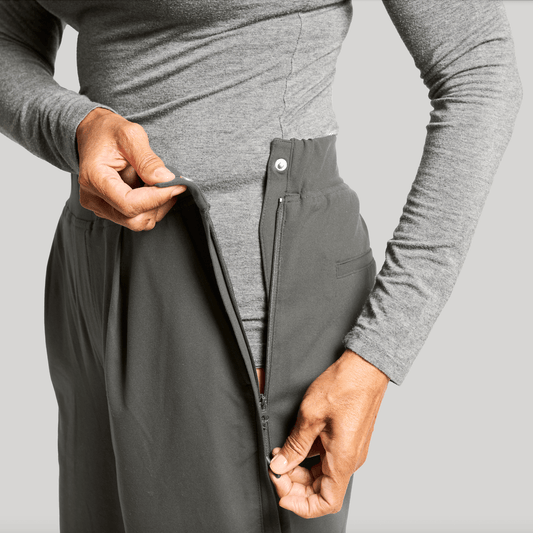 10% OffRegular price $88Regular priceUnit price per
10% OffRegular price $88Regular priceUnit price per$98Sale price $8810% Off
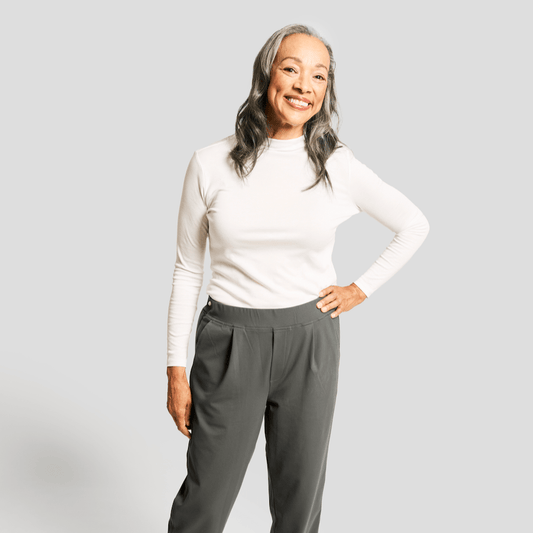
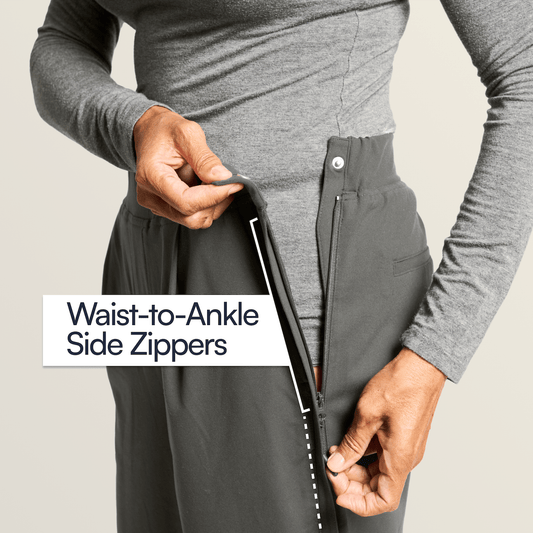
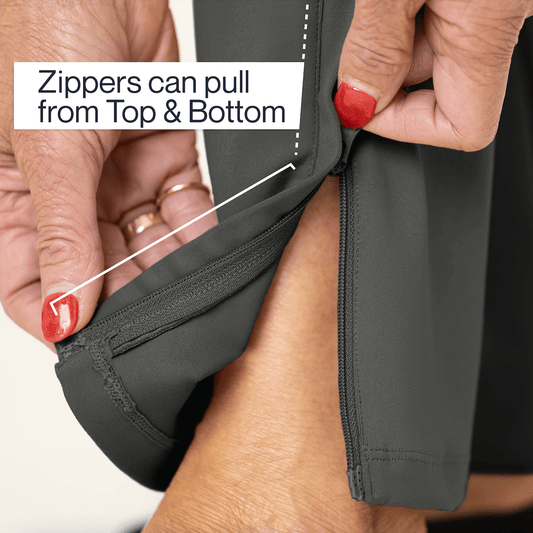


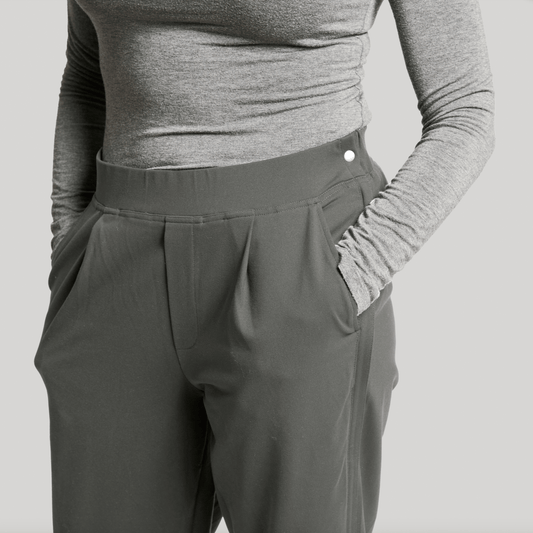
Side-Zip Pant
Sale Sold outRegular price $88Regular priceUnit price per$98Sale price $88Only 6 left in stock — don’t miss out!
View Full Product DetailsCouldn't load pickup availability
-
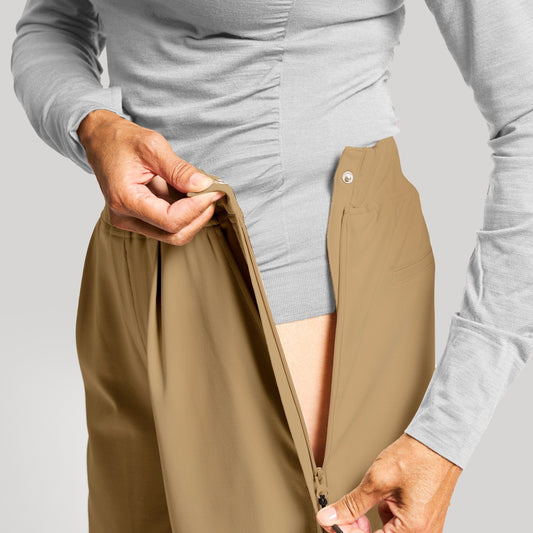 Regular price $98Regular priceUnit price per
Regular price $98Regular priceUnit price per$98Sale price $980% Off






Side-Zip Pant
Sale Sold outRegular price $88Regular priceUnit price per$98Sale price $88Only 6 left in stock — don’t miss out!
View Full Product DetailsCouldn't load pickup availability
-
 Regular price $98Regular priceUnit price per
Regular price $98Regular priceUnit price per$98Sale price $980% Off


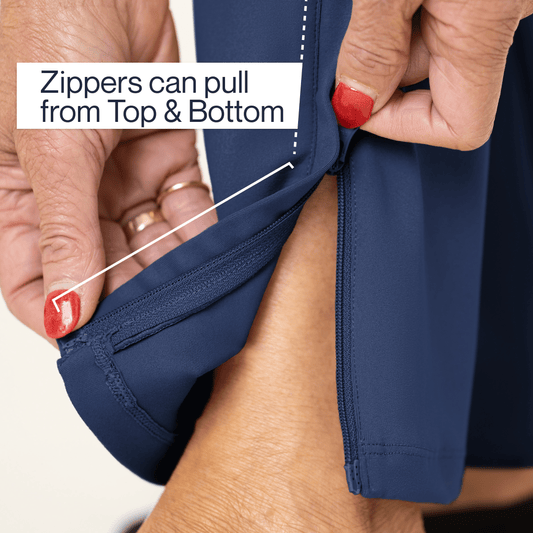


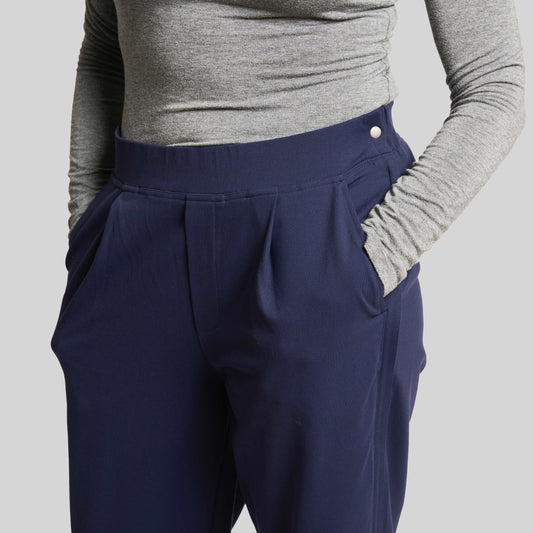
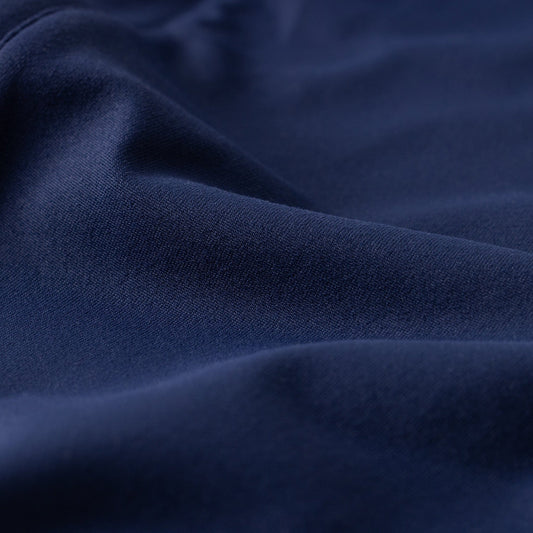
Side-Zip Pant
Sale Sold outRegular price $88Regular priceUnit price per$98Sale price $88Only 6 left in stock — don’t miss out!
View Full Product DetailsCouldn't load pickup availability
-
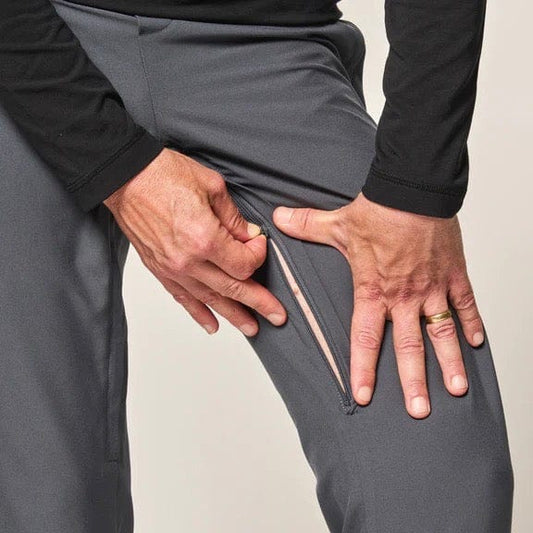 Regular price $108Regular priceUnit price per
Regular price $108Regular priceUnit price per$108Sale price $108
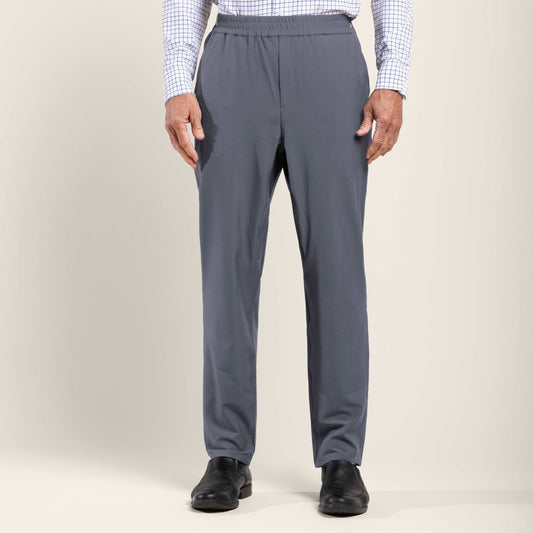
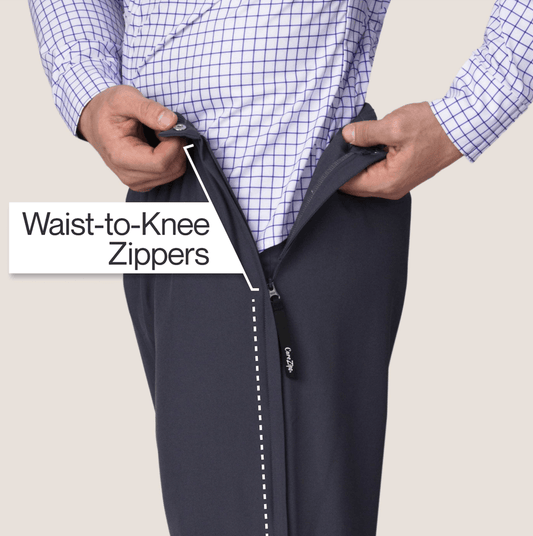
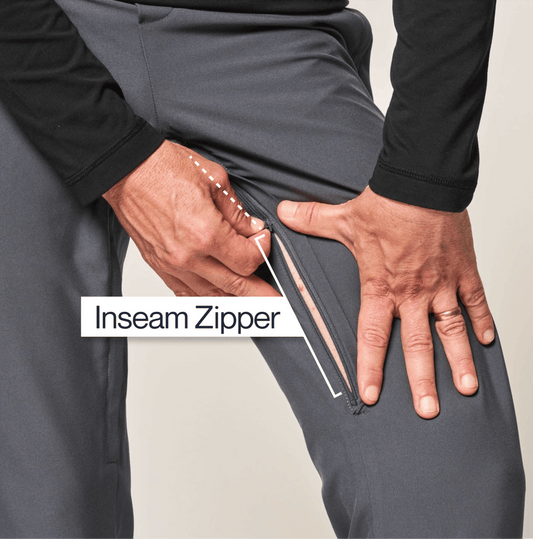

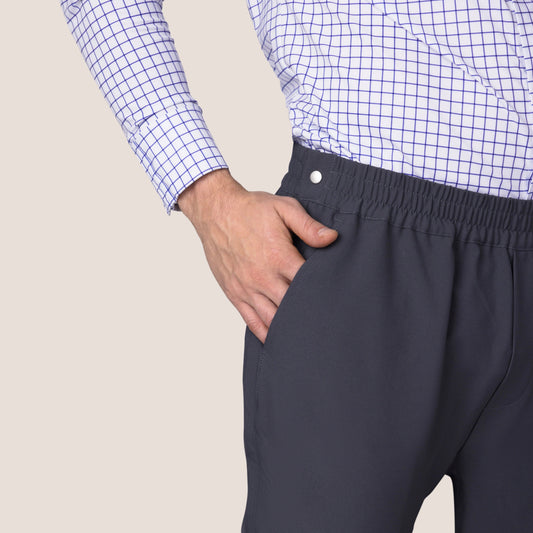
CareZips® Men's Access Pants
Sale Sold outRegular price $108Regular priceUnit price per$108Sale price $108Only 7 left in stock — don’t miss out!
View Full Product DetailsCouldn't load pickup availability
-
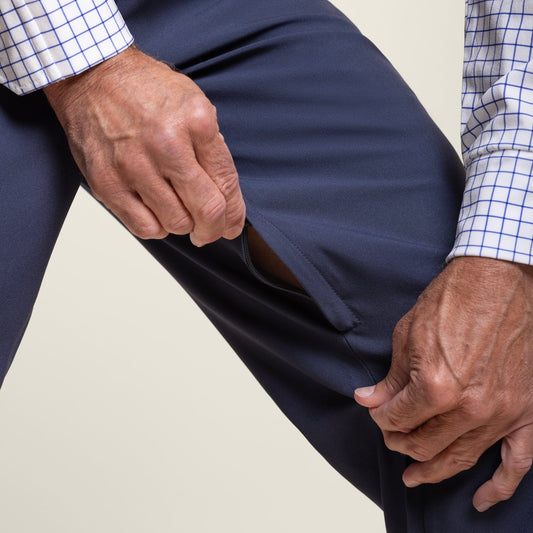 Regular price $108Regular priceUnit price per
Regular price $108Regular priceUnit price per$108Sale price $108
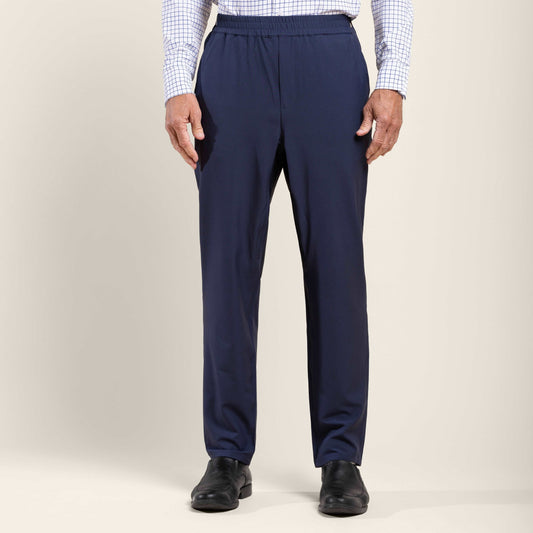
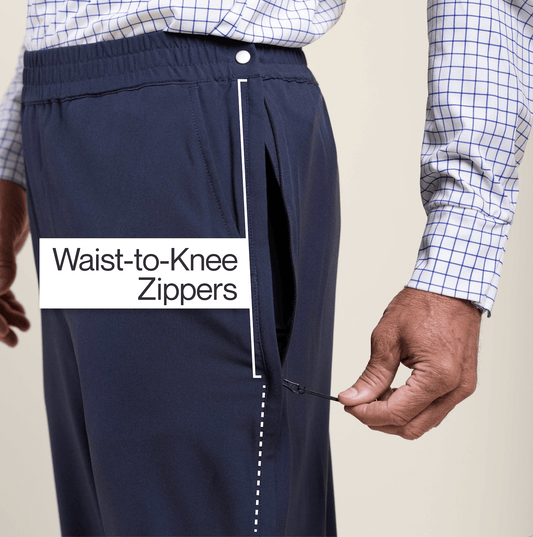
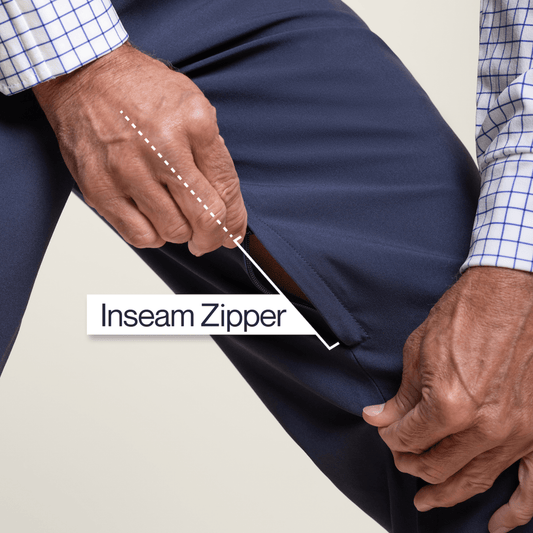

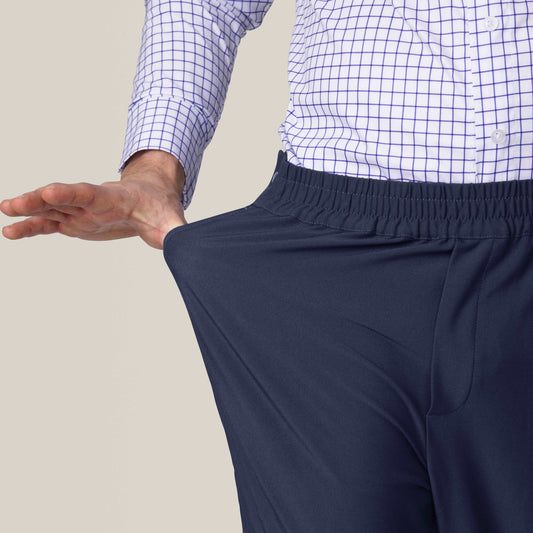
CareZips® Men's Access Pants
Sale Sold outRegular price $108Regular priceUnit price per$108Sale price $108Only 7 left in stock — don’t miss out!
View Full Product DetailsCouldn't load pickup availability
-
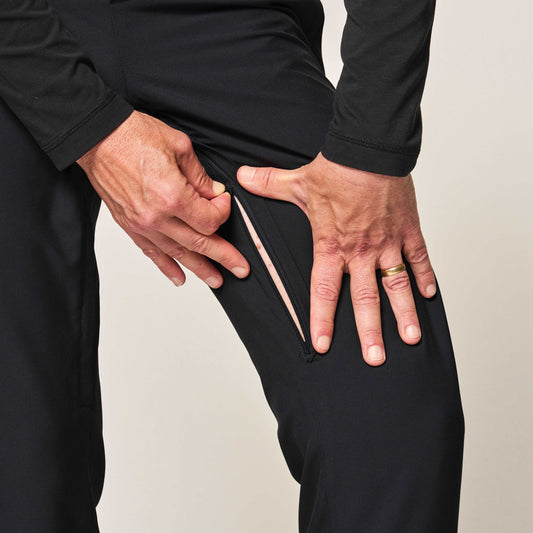 Regular price $108Regular priceUnit price per
Regular price $108Regular priceUnit price per$108Sale price $108
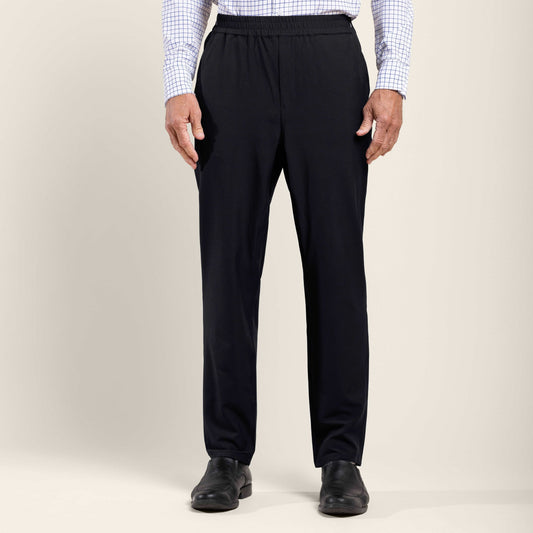
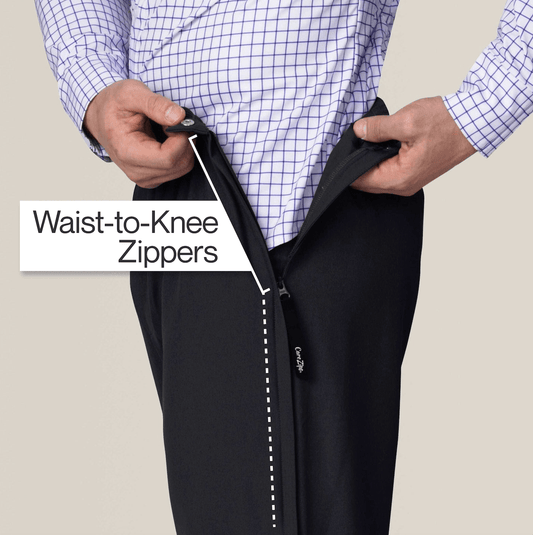
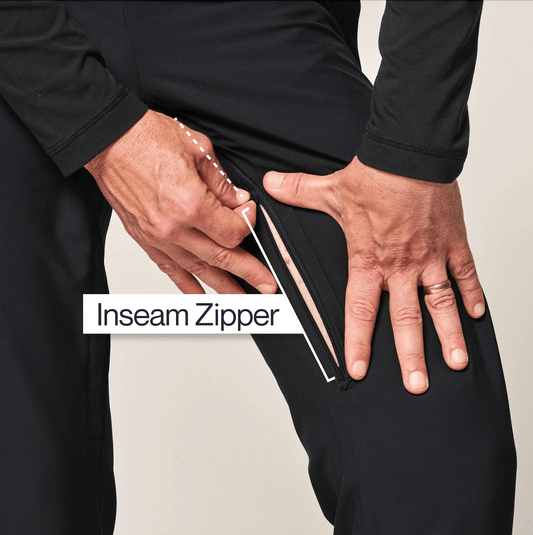

CareZips® Men's Access Pants
Sale Sold outRegular price $108Regular priceUnit price per$108Sale price $108Only 7 left in stock — don’t miss out!
View Full Product DetailsCouldn't load pickup availability
-
 26% OffRegular price $80Regular priceUnit price per
26% OffRegular price $80Regular priceUnit price per$108Sale price $8026% Off




CareZips® Women's Access Pants
Sale Sold outRegular price $80Regular priceUnit price per$108Sale price $80Only 4 left in stock — don’t miss out!
View Full Product DetailsCouldn't load pickup availability
-
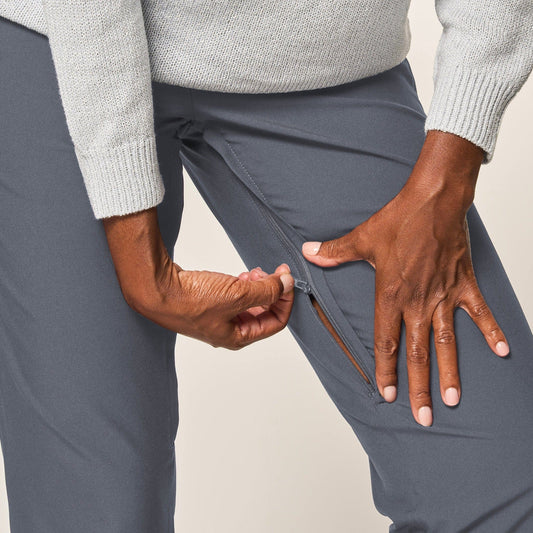 19% OffRegular price $88Regular priceUnit price per
19% OffRegular price $88Regular priceUnit price per$108Sale price $8819% Off
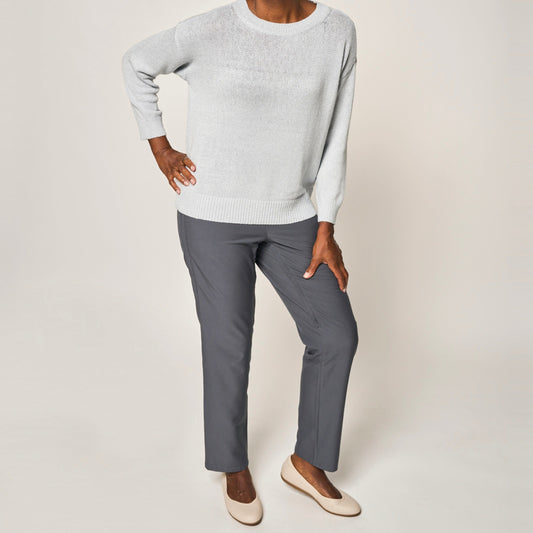
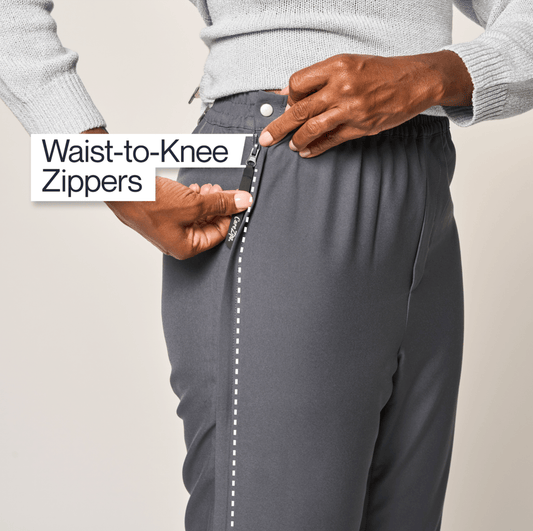
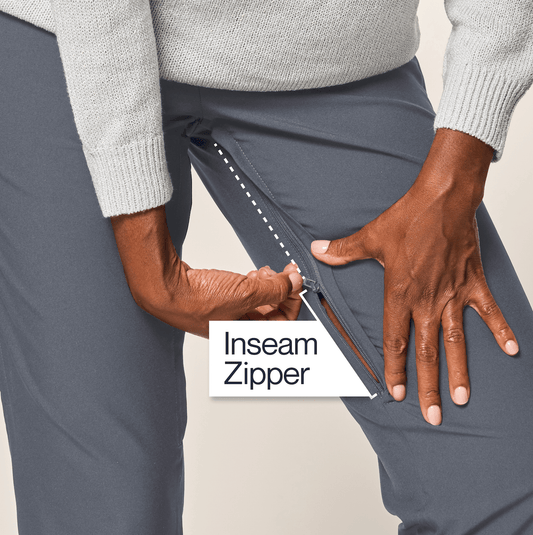
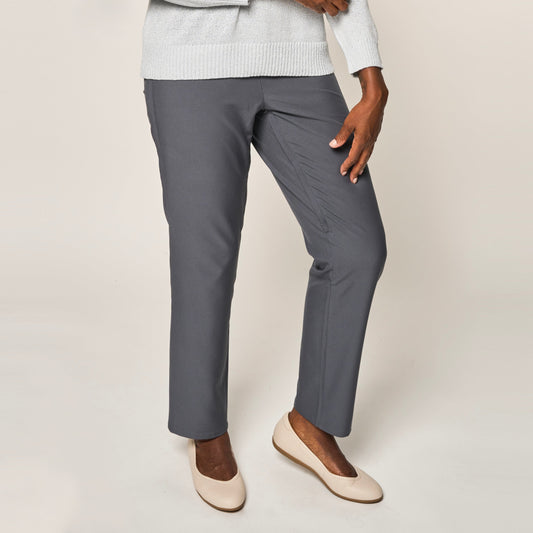
CareZips® Women's Access Pants
Sale Sold outRegular price $80Regular priceUnit price per$108Sale price $80Only 4 left in stock — don’t miss out!
View Full Product DetailsCouldn't load pickup availability
-
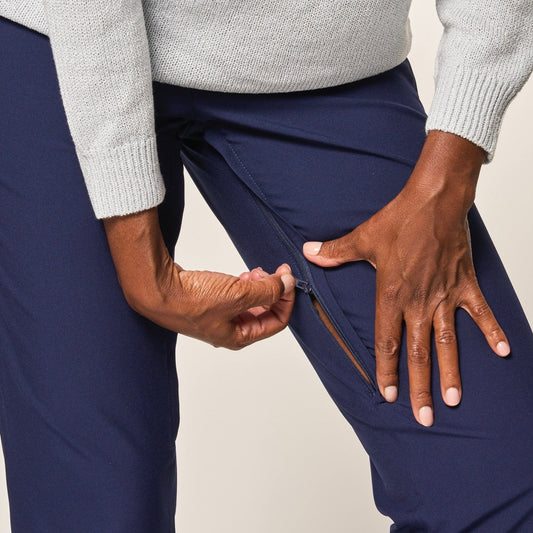 19% OffRegular price $88Regular priceUnit price per
19% OffRegular price $88Regular priceUnit price per$108Sale price $8819% Off
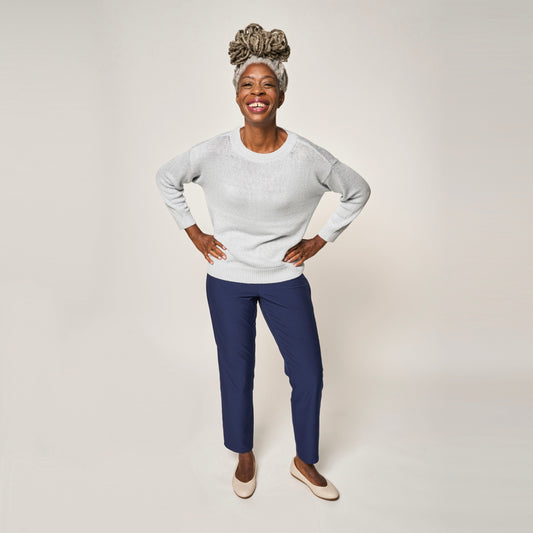

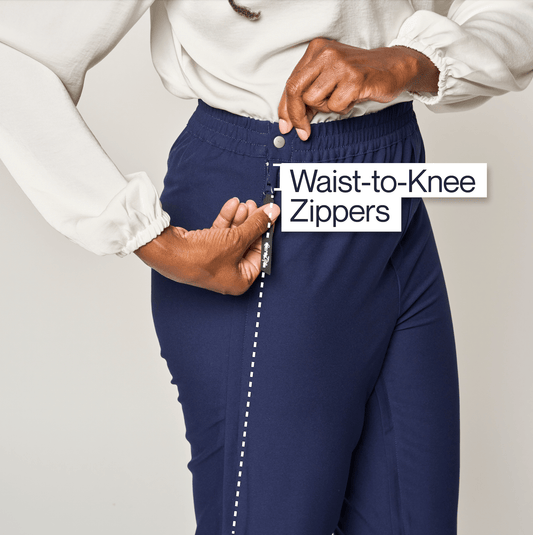
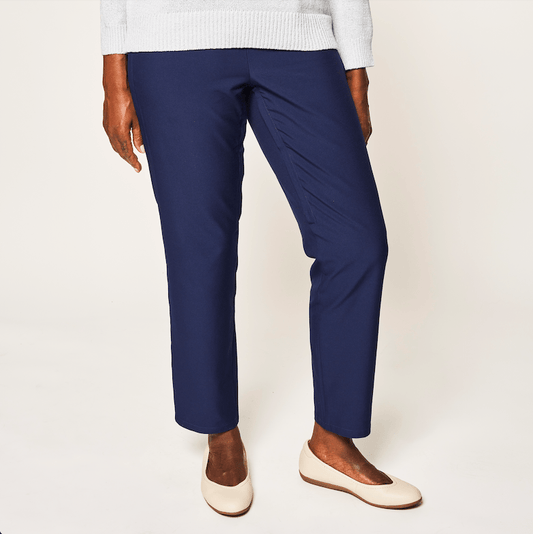
CareZips® Women's Access Pants
Sale Sold outRegular price $80Regular priceUnit price per$108Sale price $80Only 4 left in stock — don’t miss out!
View Full Product DetailsCouldn't load pickup availability
-
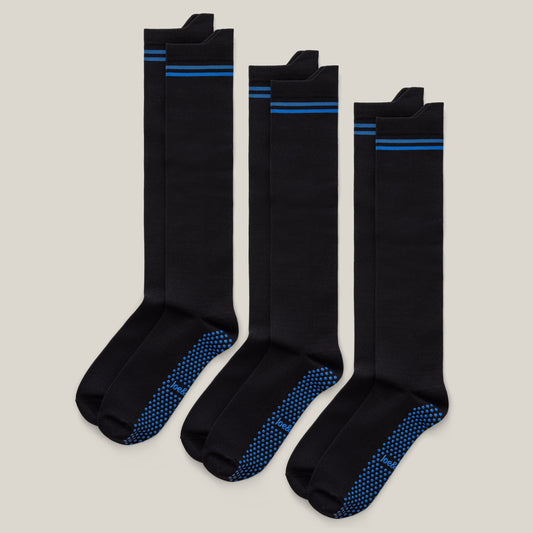 19% OffRegular price $44Regular priceUnit price per
19% OffRegular price $44Regular priceUnit price per$54Sale price $4419% Off
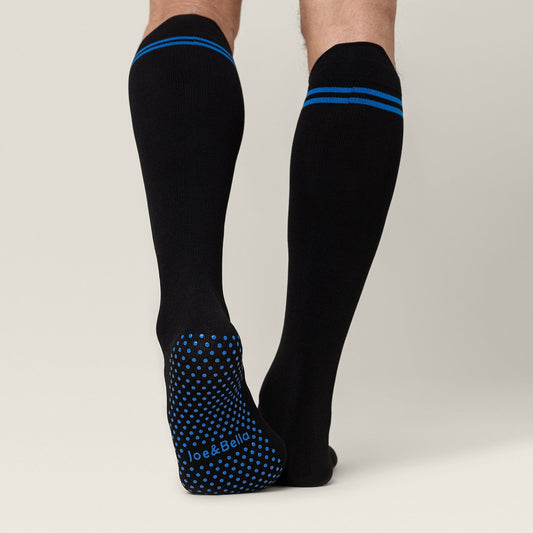
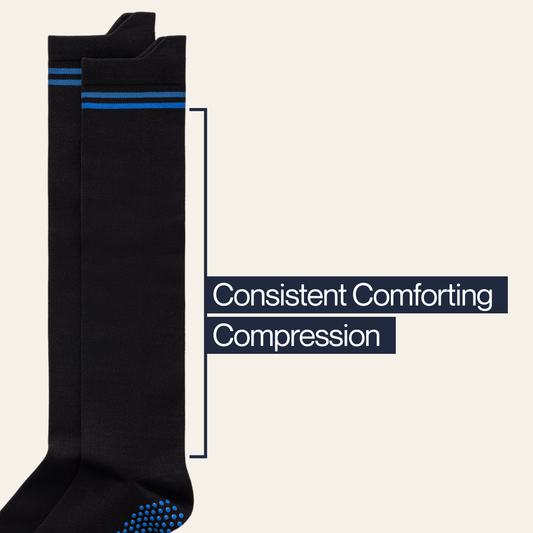
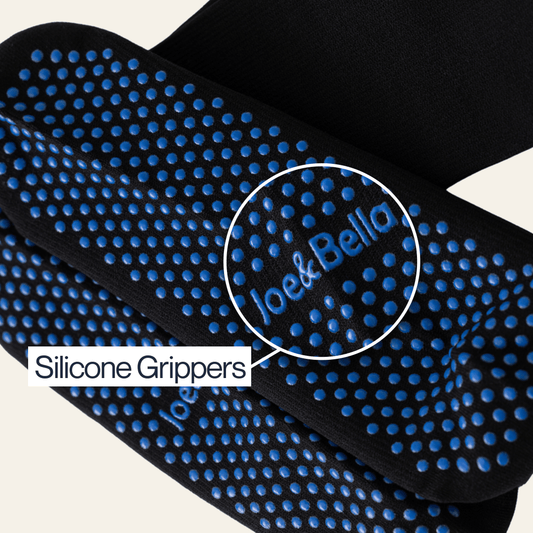
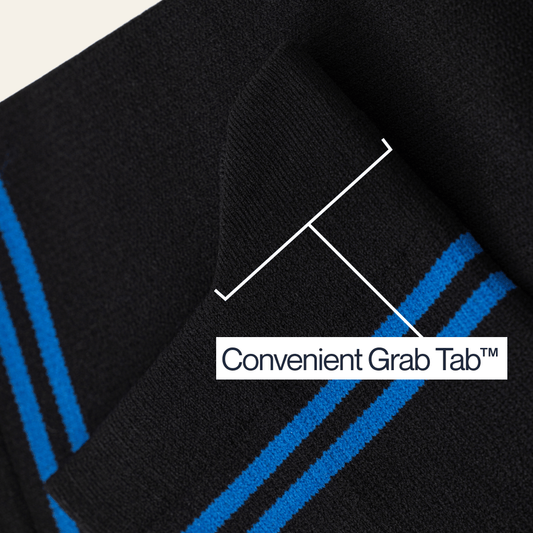
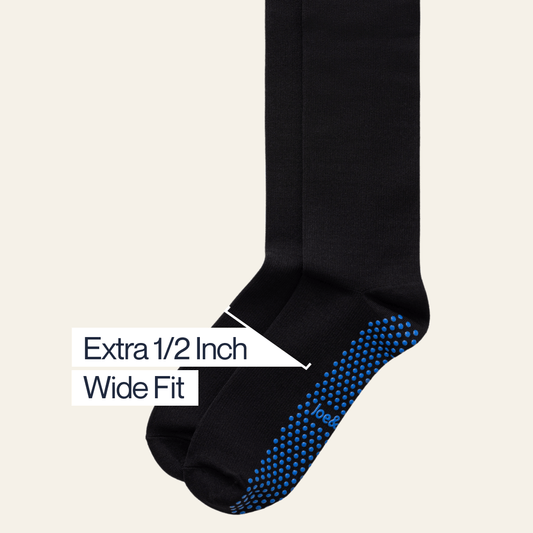
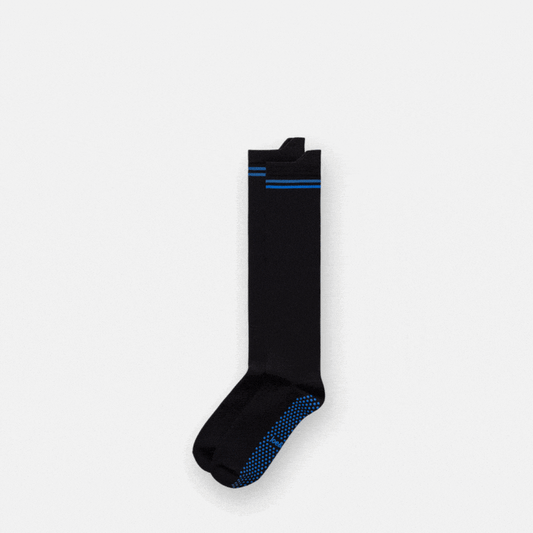
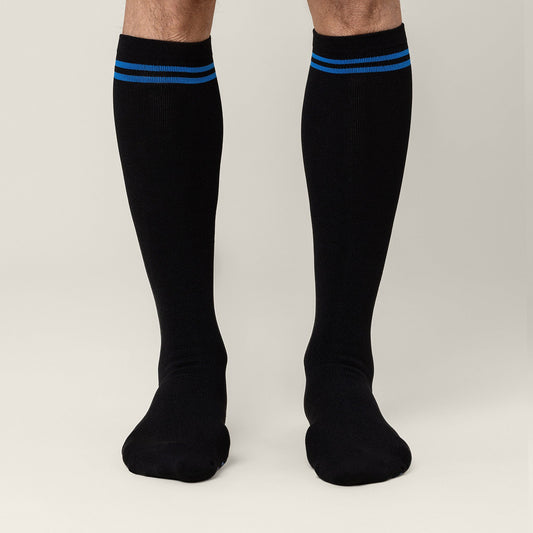
Big-Grip No-Slip Compression Socks: 3-Pack
Sale Sold outRegular price $44Regular priceUnit price per$54Sale price $44Only 31 left in stock — don’t miss out!
View Full Product DetailsCouldn't load pickup availability
-
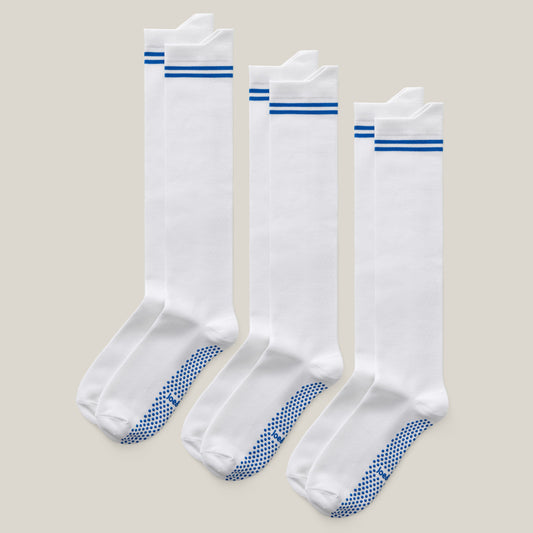 19% OffRegular price $44Regular priceUnit price per
19% OffRegular price $44Regular priceUnit price per$54Sale price $4419% Off

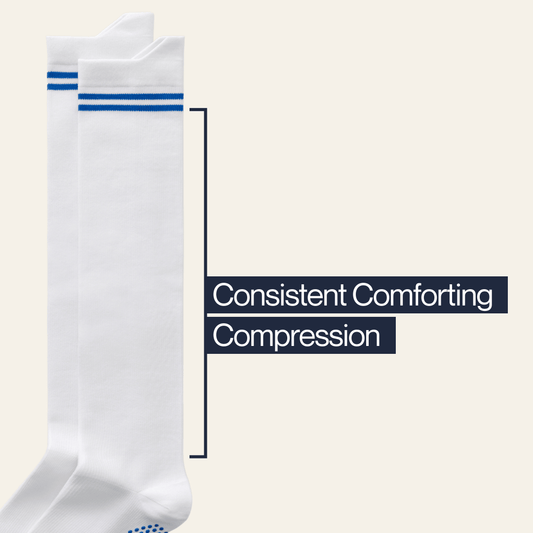
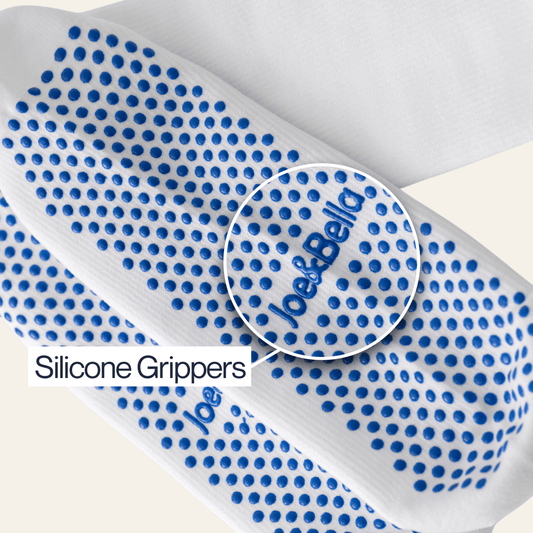
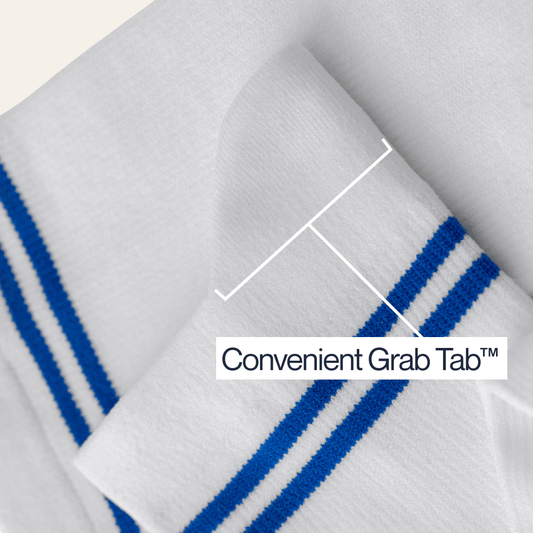
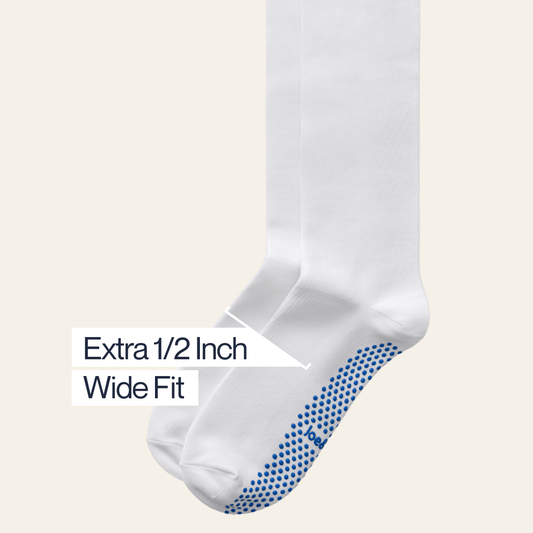
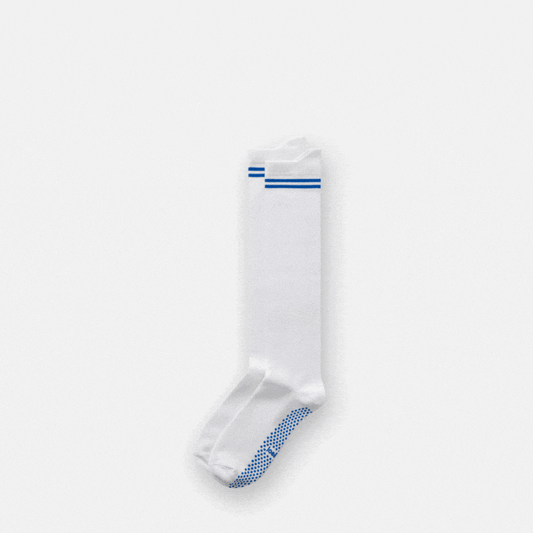
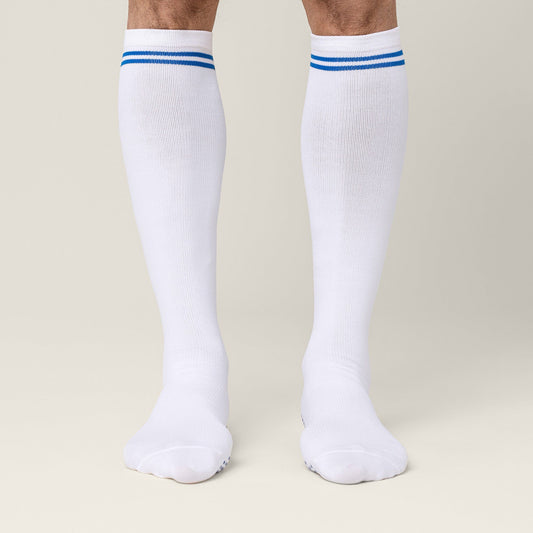
Big-Grip No-Slip Compression Socks: 3-Pack
Sale Sold outRegular price $44Regular priceUnit price per$54Sale price $44Only 31 left in stock — don’t miss out!
View Full Product DetailsCouldn't load pickup availability
-
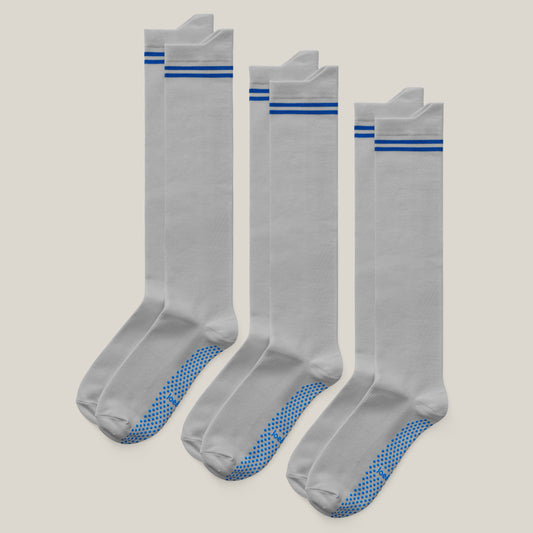 19% OffRegular price $44Regular priceUnit price per
19% OffRegular price $44Regular priceUnit price per$54Sale price $4419% Off

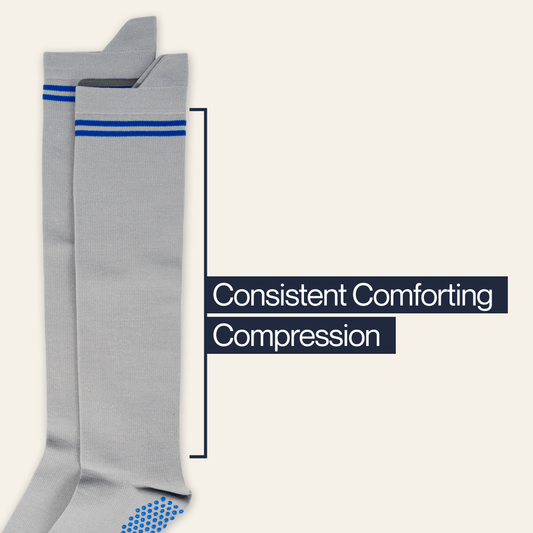

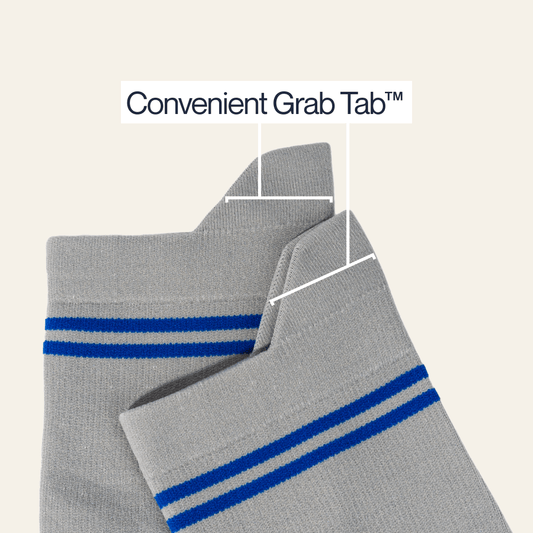
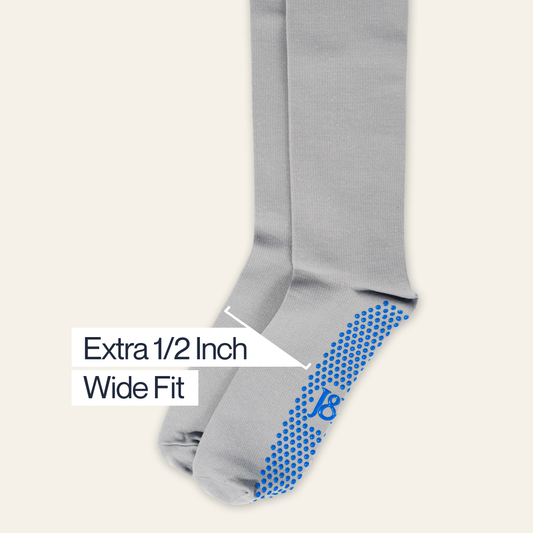
Big-Grip No-Slip Compression Socks: 3-Pack
Sale Sold outRegular price $44Regular priceUnit price per$54Sale price $44Only 31 left in stock — don’t miss out!
View Full Product DetailsCouldn't load pickup availability
-
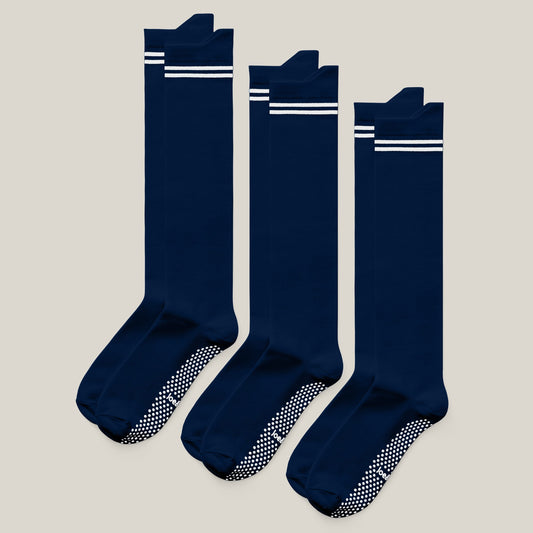 19% OffRegular price $44Regular priceUnit price per
19% OffRegular price $44Regular priceUnit price per$54Sale price $4419% Off
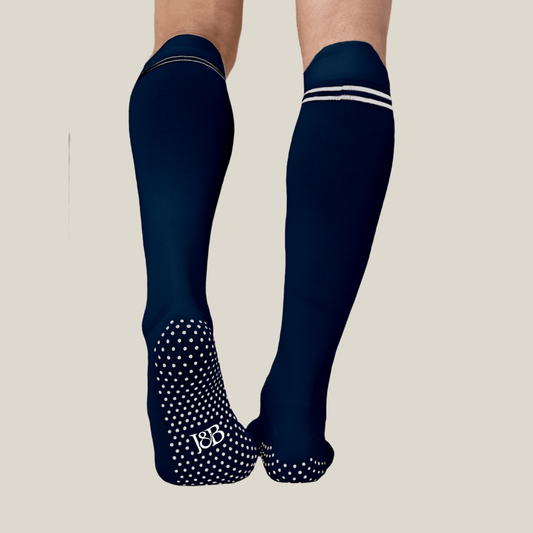
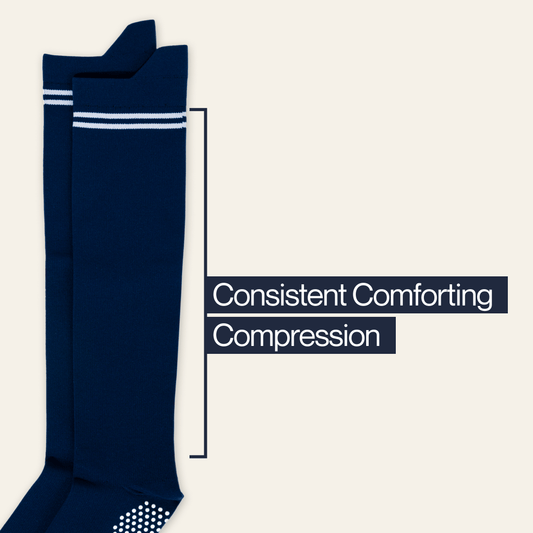

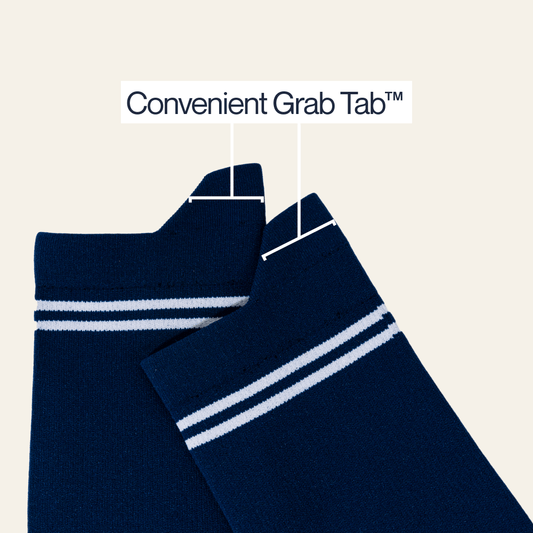
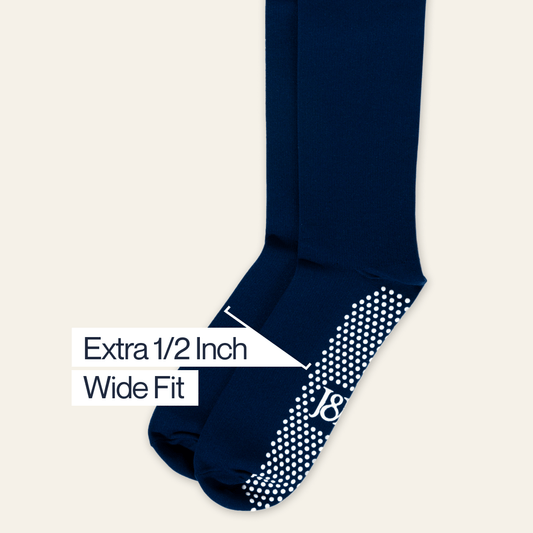
Big-Grip No-Slip Compression Socks: 3-Pack
Sale Sold outRegular price $44Regular priceUnit price per$54Sale price $44Only 31 left in stock — don’t miss out!
View Full Product DetailsCouldn't load pickup availability
-
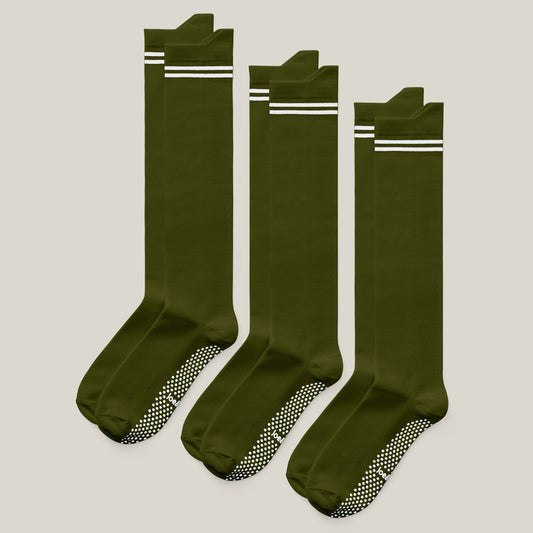 19% OffRegular price $44Regular priceUnit price per
19% OffRegular price $44Regular priceUnit price per$54Sale price $4419% Off
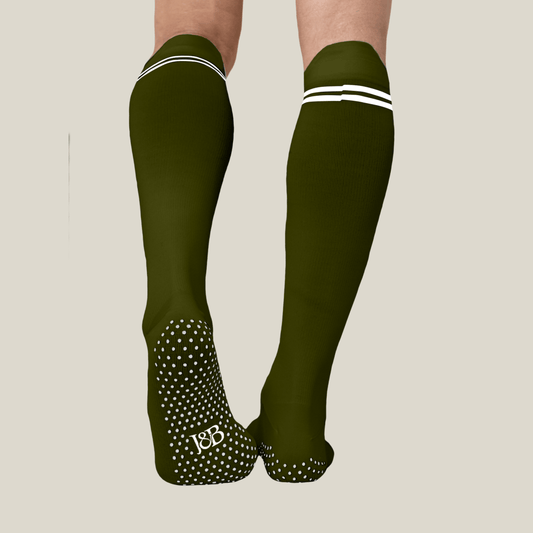
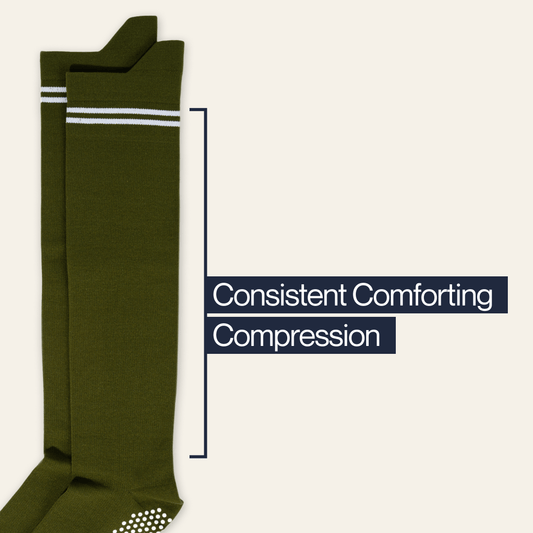
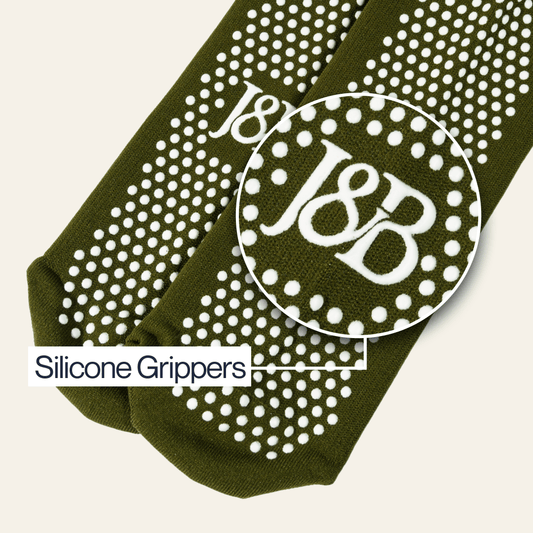
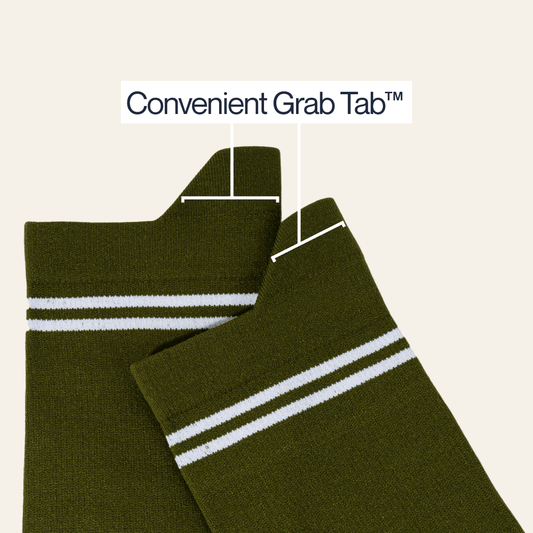

Big-Grip No-Slip Compression Socks: 3-Pack
Sale Sold outRegular price $44Regular priceUnit price per$54Sale price $44Only 31 left in stock — don’t miss out!
View Full Product DetailsCouldn't load pickup availability
-
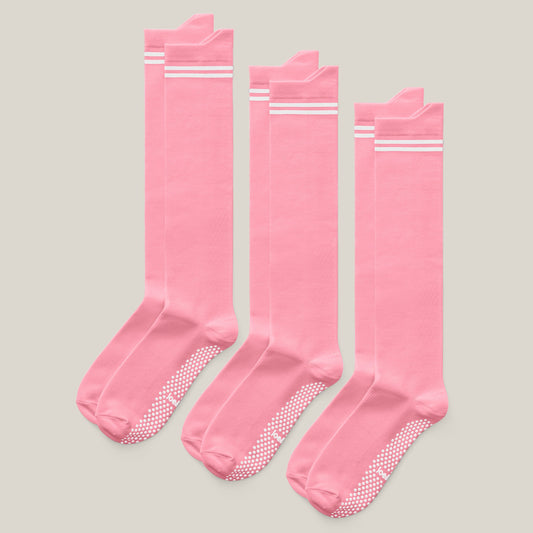 19% OffRegular price $44Regular priceUnit price per
19% OffRegular price $44Regular priceUnit price per$54Sale price $4419% Off
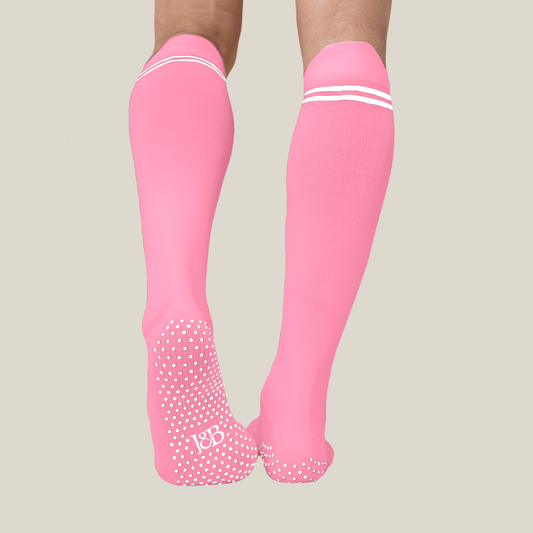
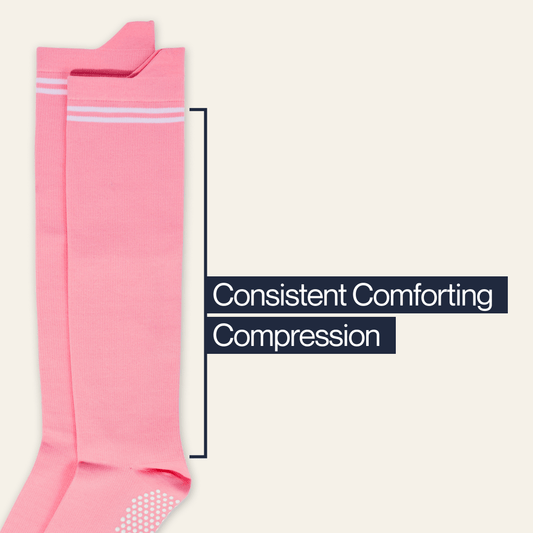
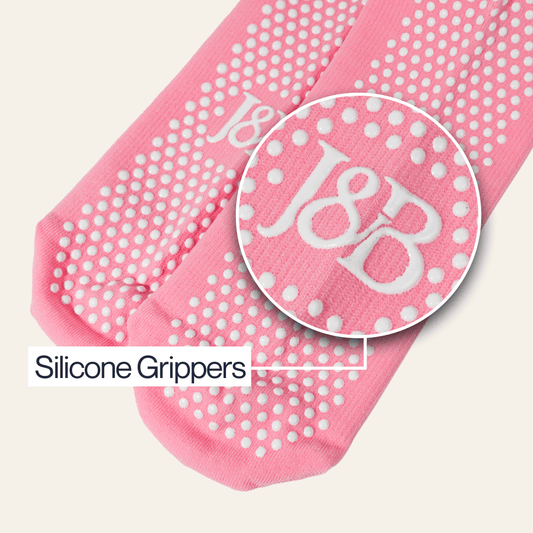
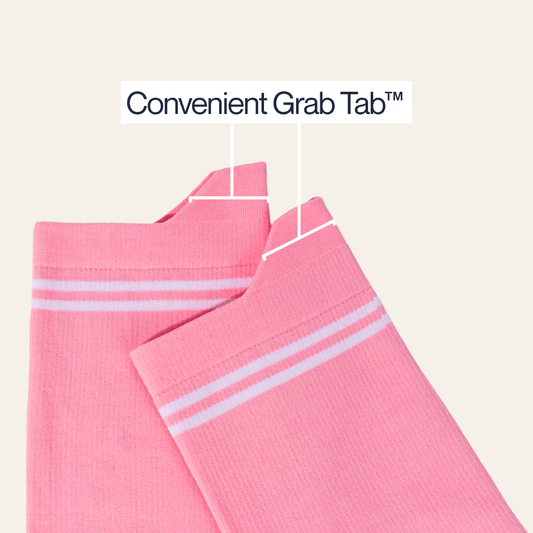
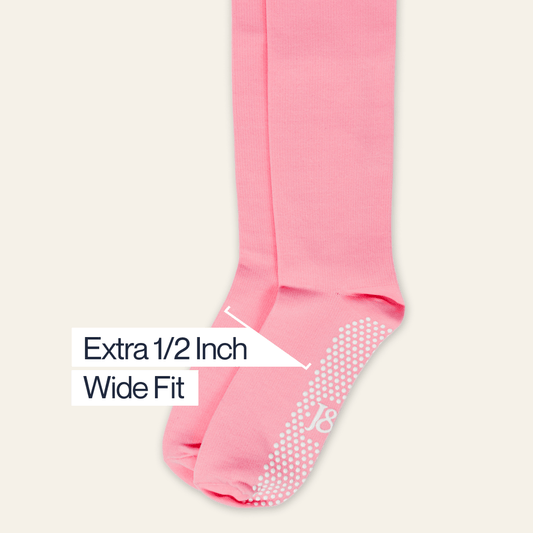
Big-Grip No-Slip Compression Socks: 3-Pack
Sale Sold outRegular price $44Regular priceUnit price per$54Sale price $44Only 31 left in stock — don’t miss out!
View Full Product DetailsCouldn't load pickup availability
-
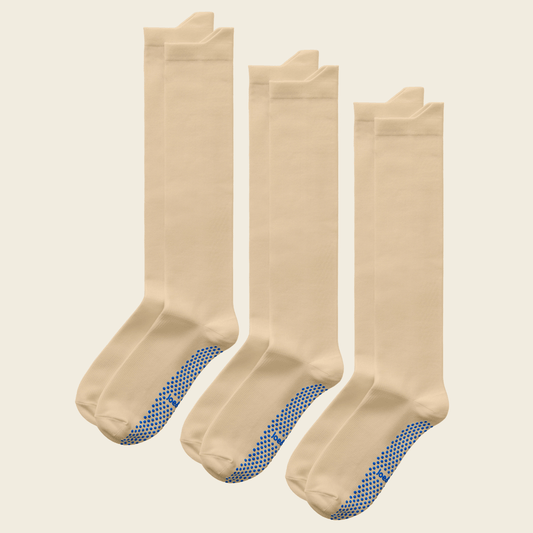 Regular price $54Regular priceUnit price per
Regular price $54Regular priceUnit price per$54Sale price $540% Off

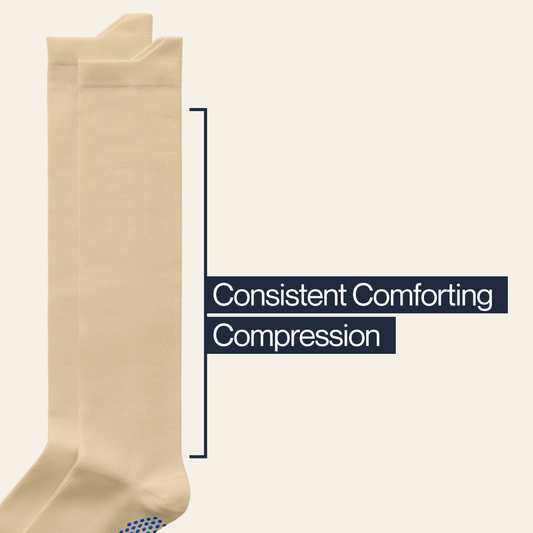
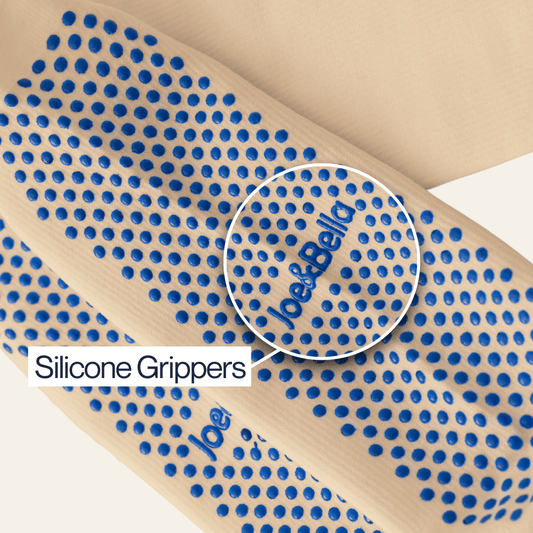
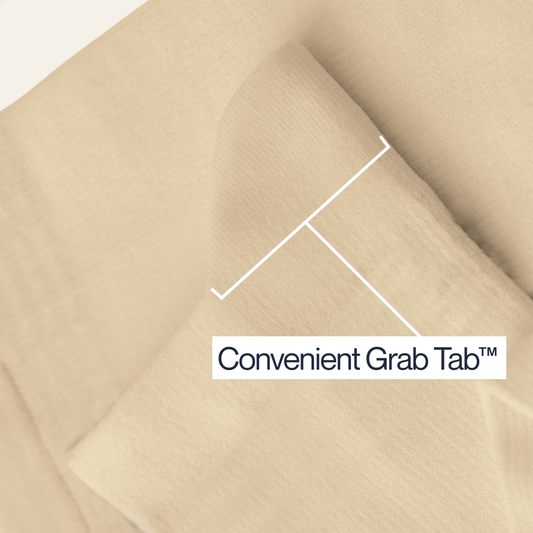
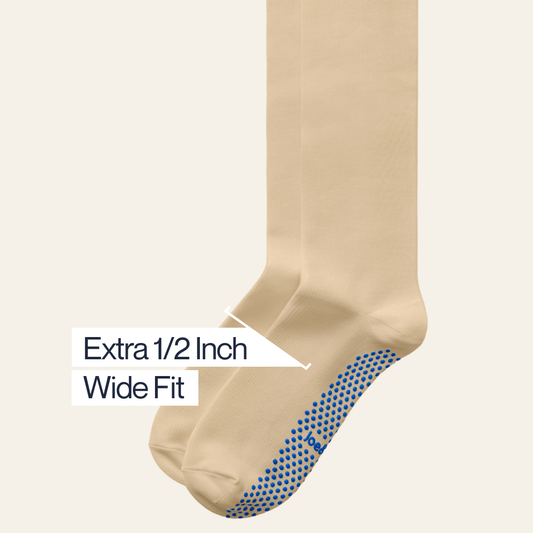
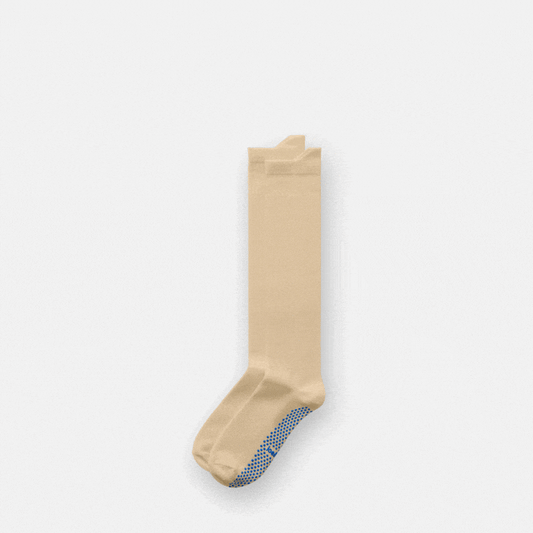
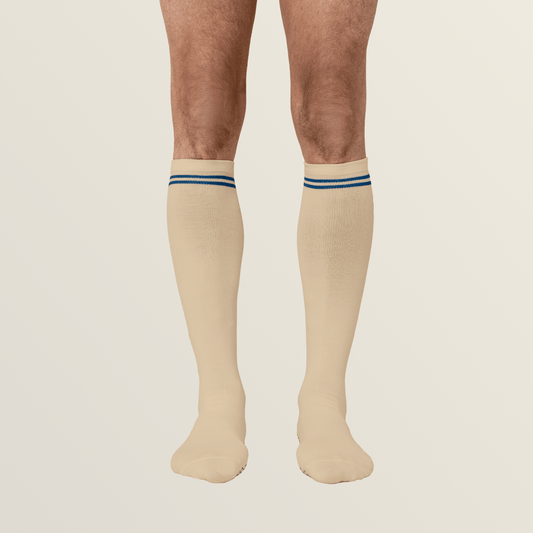
Big-Grip No-Slip Compression Socks: 3-Pack
Sale Sold outRegular price $44Regular priceUnit price per$54Sale price $44Only 31 left in stock — don’t miss out!
View Full Product DetailsCouldn't load pickup availability
-
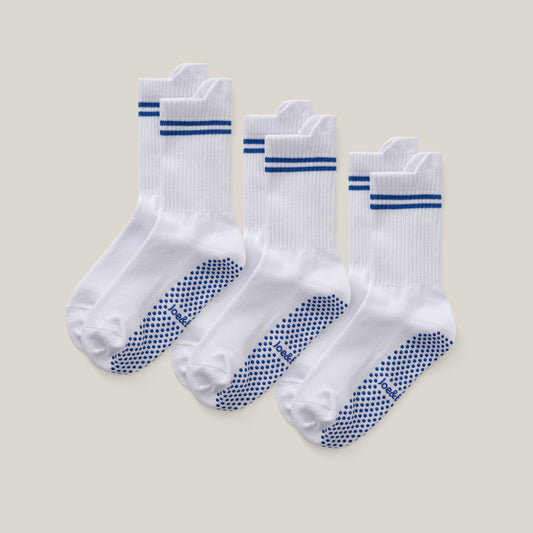 23% OffRegular price $34Regular priceUnit price per
23% OffRegular price $34Regular priceUnit price per$44Sale price $3423% Off
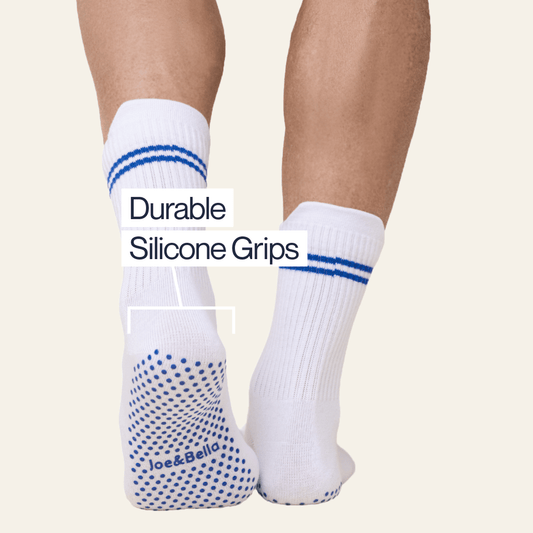

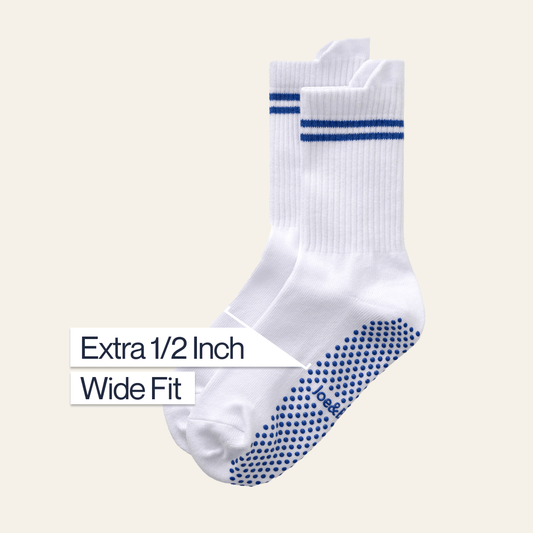
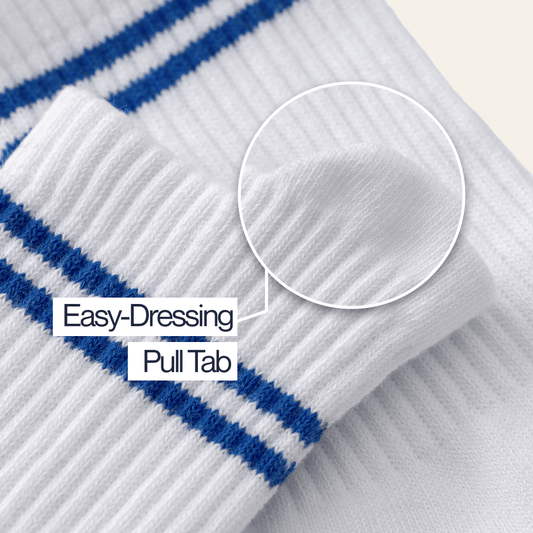
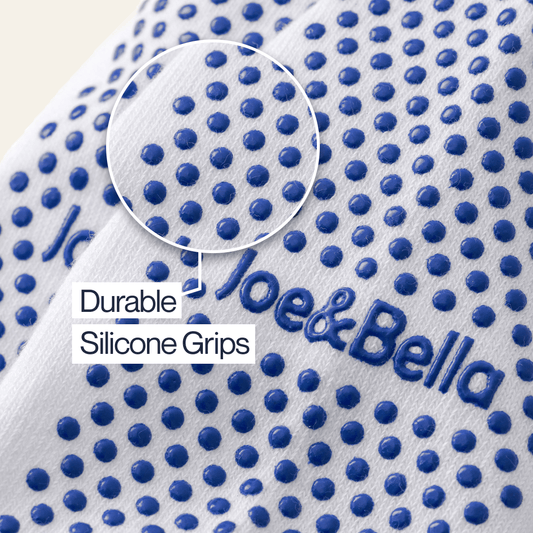
Gripper Socks 3-Pack
Sale Sold outRegular price $34Regular priceUnit price per$44Sale price $34Only 18 left in stock — don’t miss out!
View Full Product DetailsCouldn't load pickup availability
-
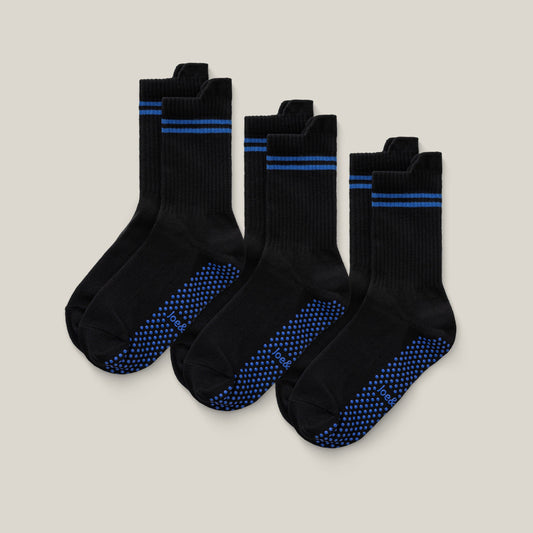 Regular price $44Regular priceUnit price per
Regular price $44Regular priceUnit price per$44Sale price $440% Off
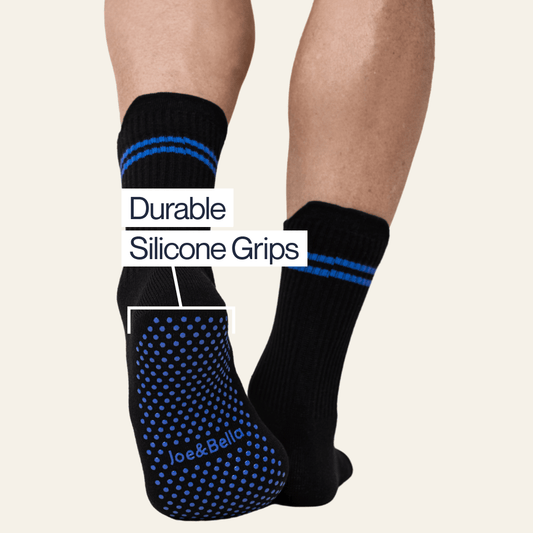
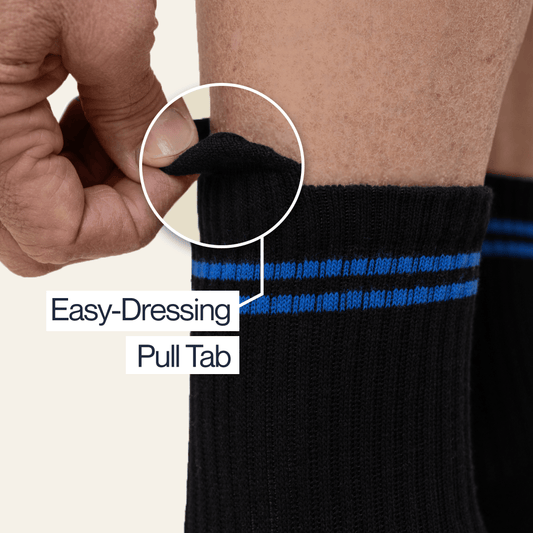
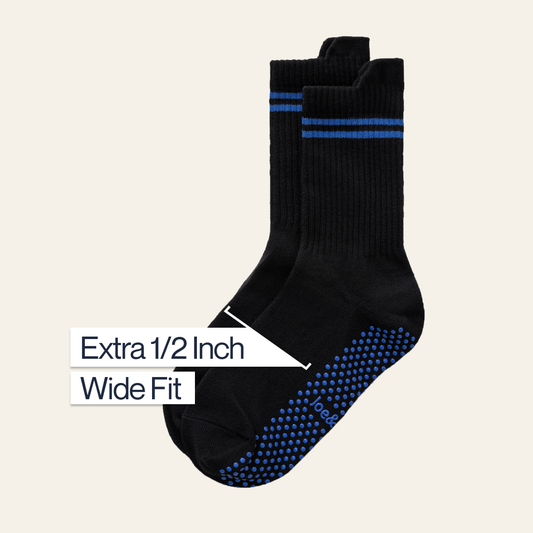
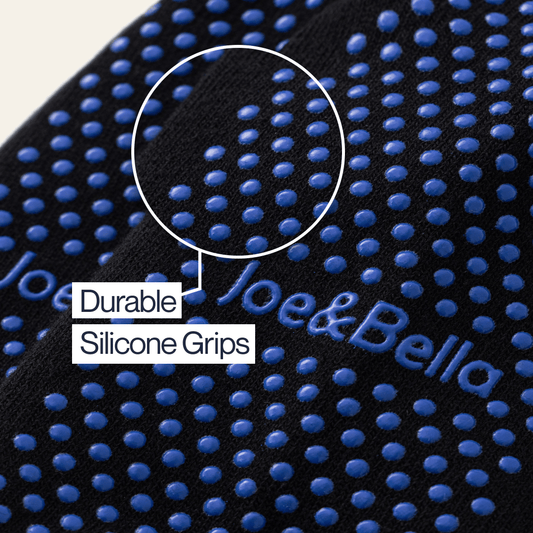
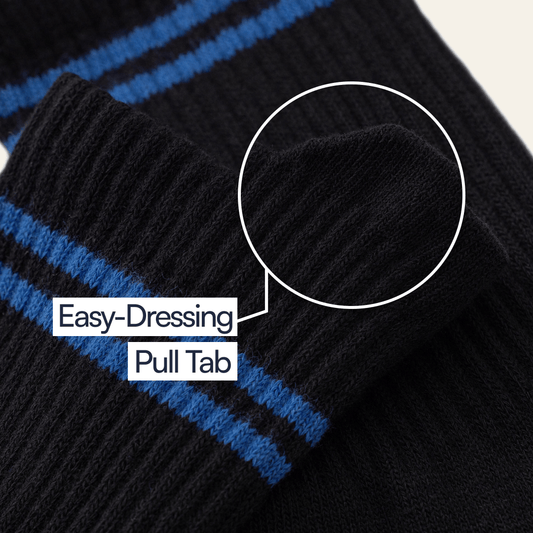
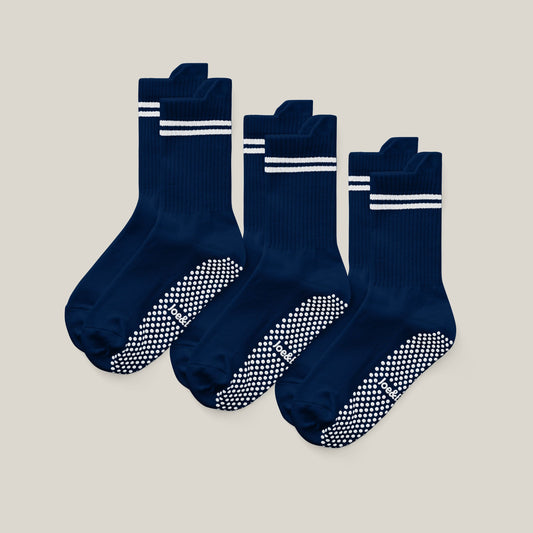
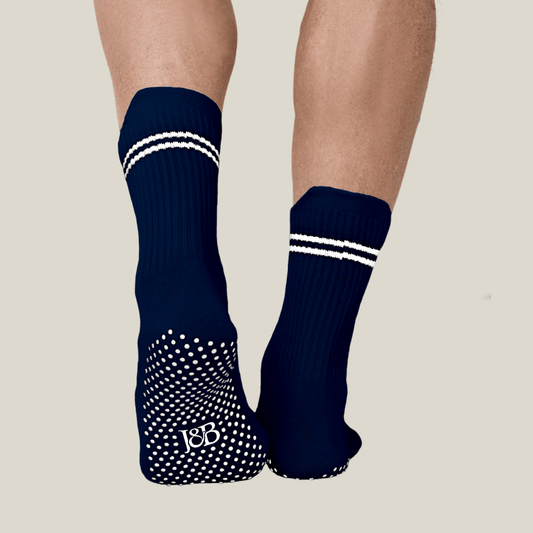
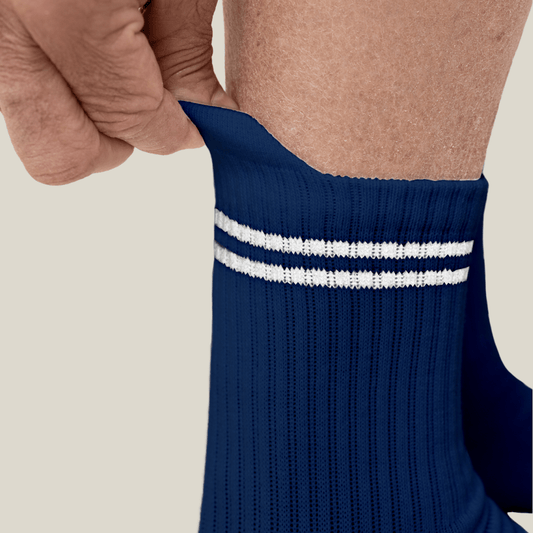
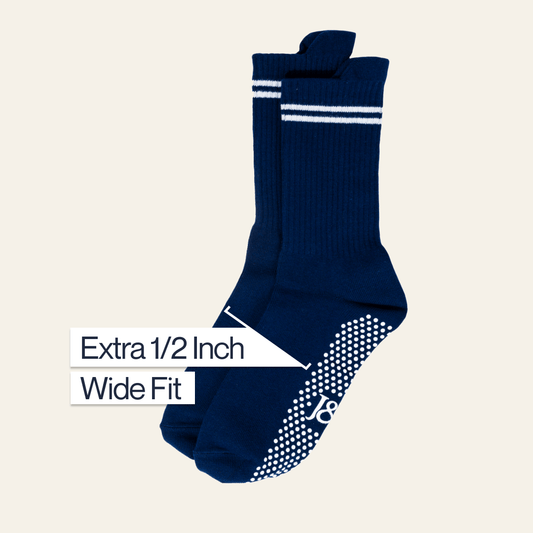
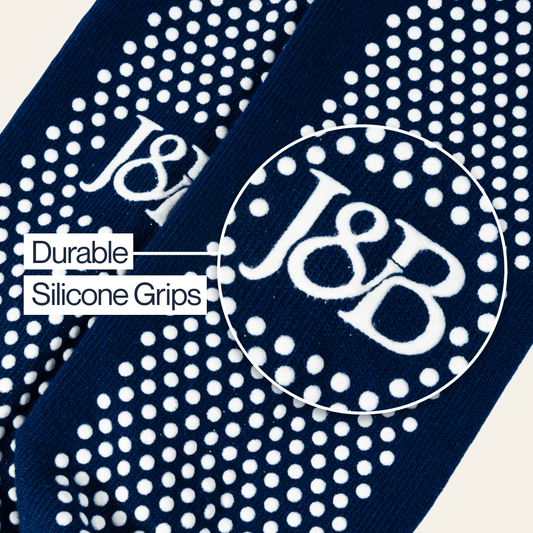
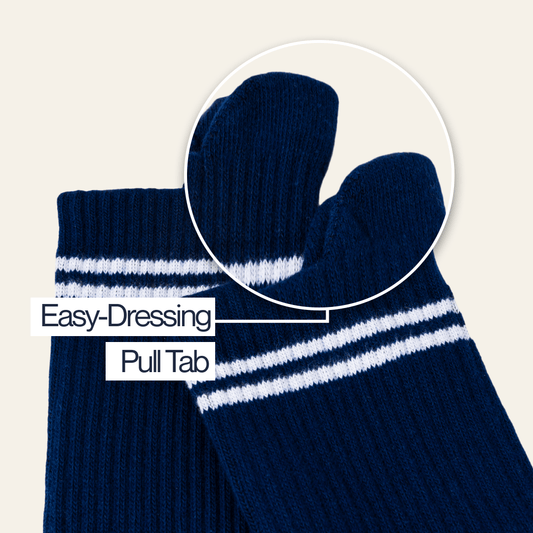
Gripper Socks 3-Pack
Sale Sold outRegular price $34Regular priceUnit price per$44Sale price $34Only 18 left in stock — don’t miss out!
View Full Product DetailsCouldn't load pickup availability
-
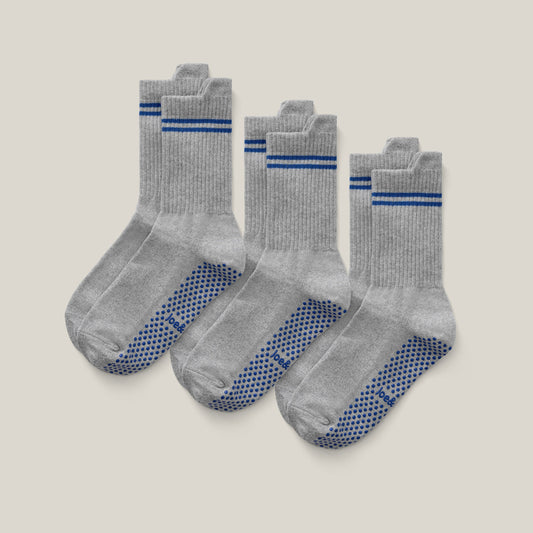 Regular price $44Regular priceUnit price per
Regular price $44Regular priceUnit price per$44Sale price $440% Off
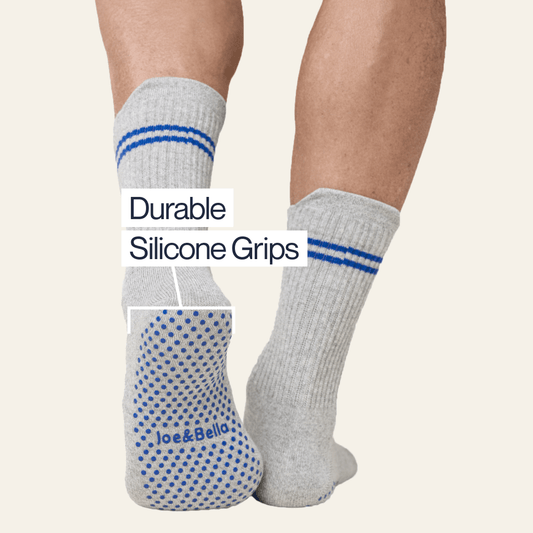
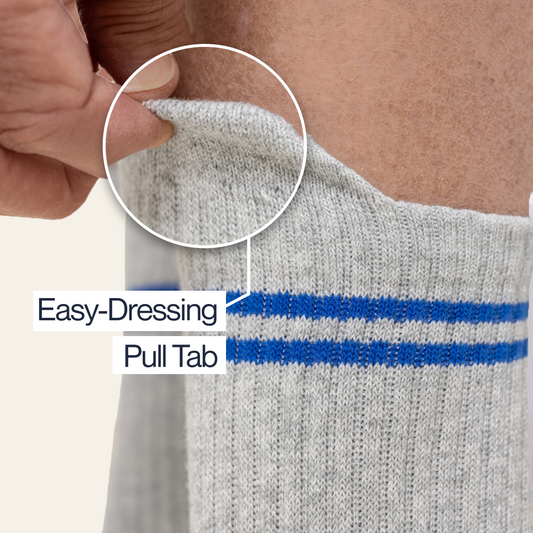

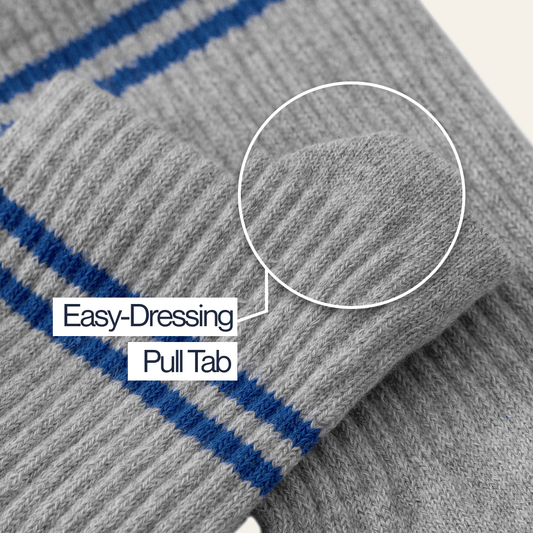
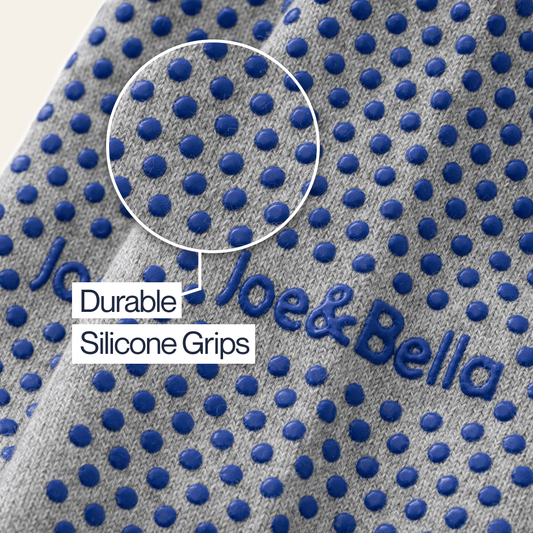
Gripper Socks 3-Pack
Sale Sold outRegular price $34Regular priceUnit price per$44Sale price $34Only 18 left in stock — don’t miss out!
View Full Product DetailsCouldn't load pickup availability
-
 Regular price $44Regular priceUnit price per
Regular price $44Regular priceUnit price per$44Sale price $440% Off





Gripper Socks 3-Pack
Sale Sold outRegular price $34Regular priceUnit price per$44Sale price $34Only 18 left in stock — don’t miss out!
View Full Product DetailsCouldn't load pickup availability
-
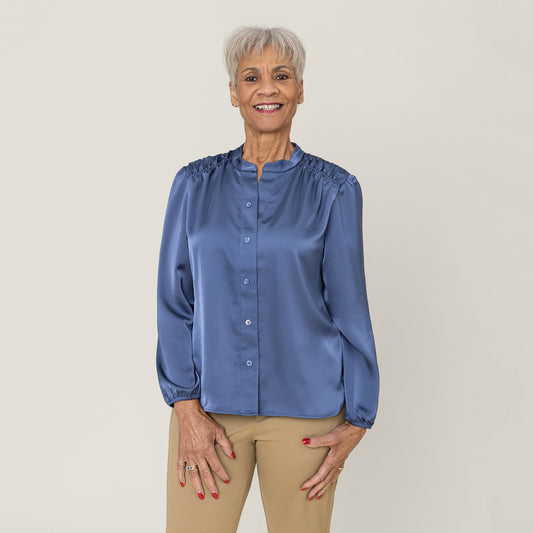 11% OffRegular price $78Regular priceUnit price per
11% OffRegular price $78Regular priceUnit price per$88Sale price $7811% Off
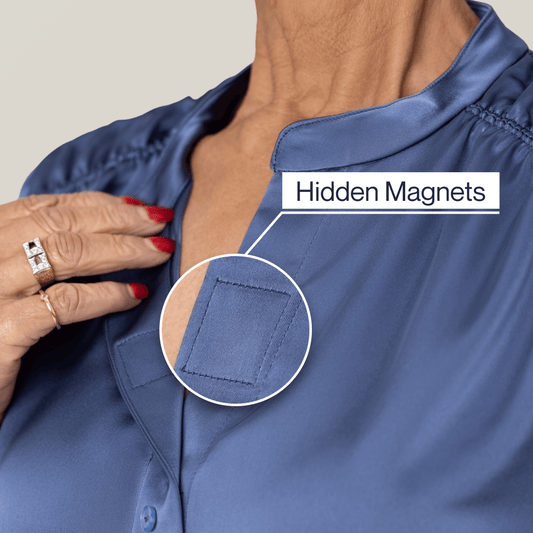
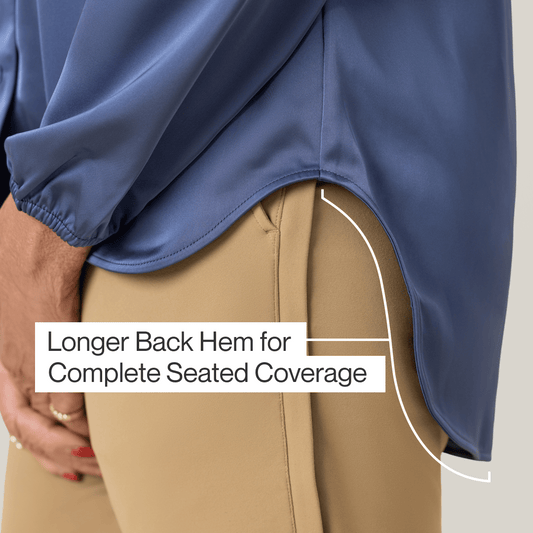
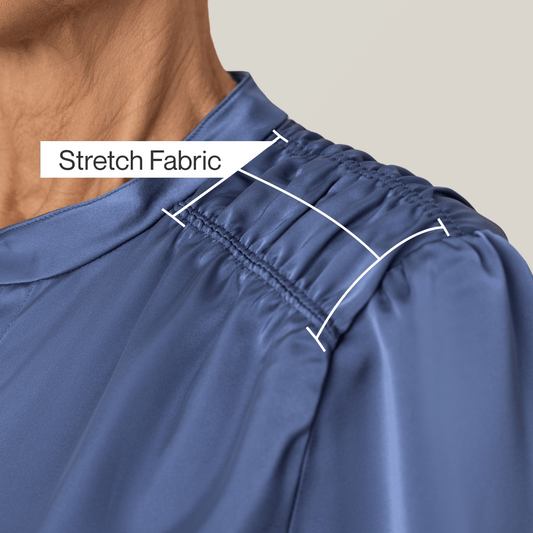
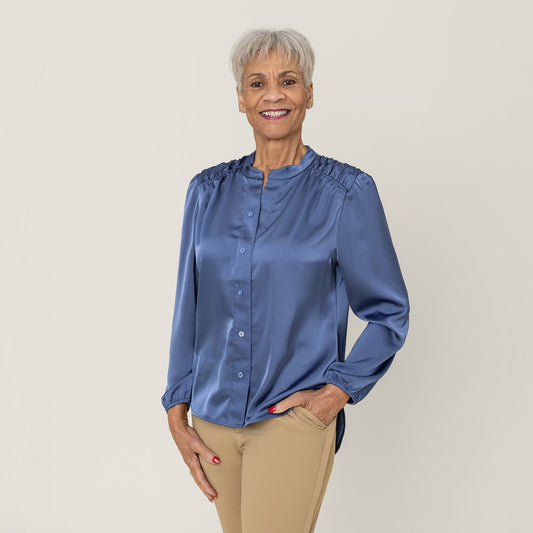
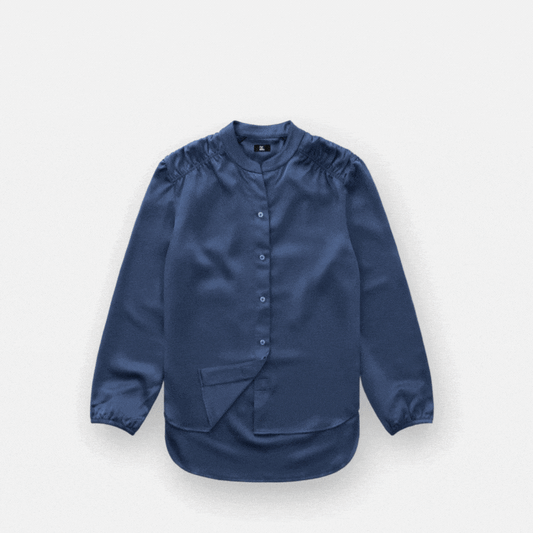
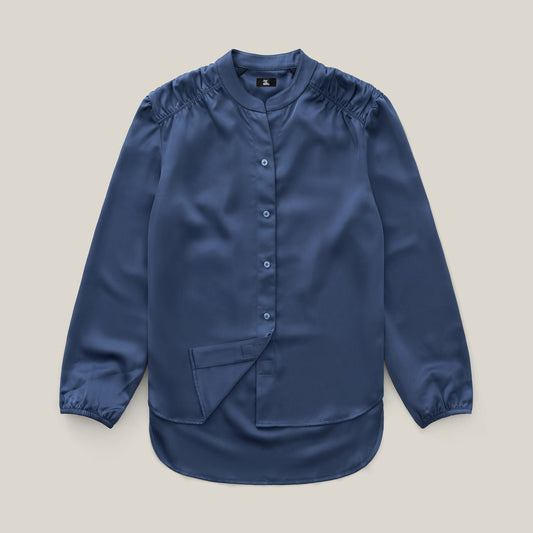
Magnetic Button Blouse
Sale Sold outRegular price $78Regular priceUnit price per$88Sale price $78Only 1 left in stock — don’t miss out!
View Full Product DetailsCouldn't load pickup availability
-
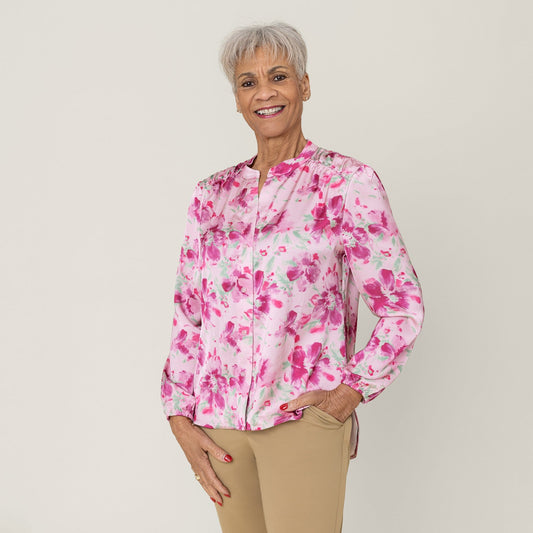 Regular price $88Regular priceUnit price per
Regular price $88Regular priceUnit price per$88Sale price $880% Off

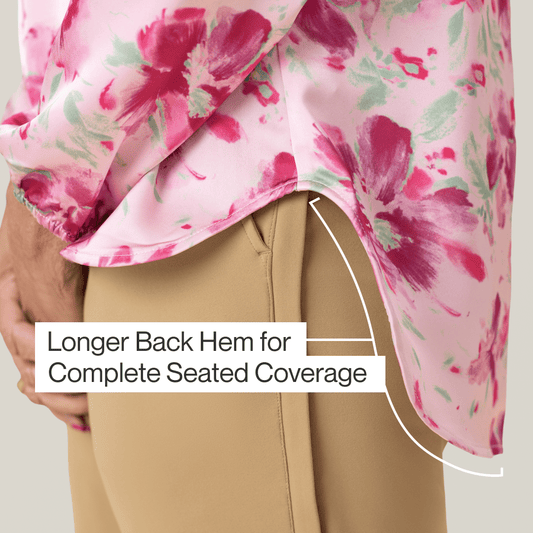
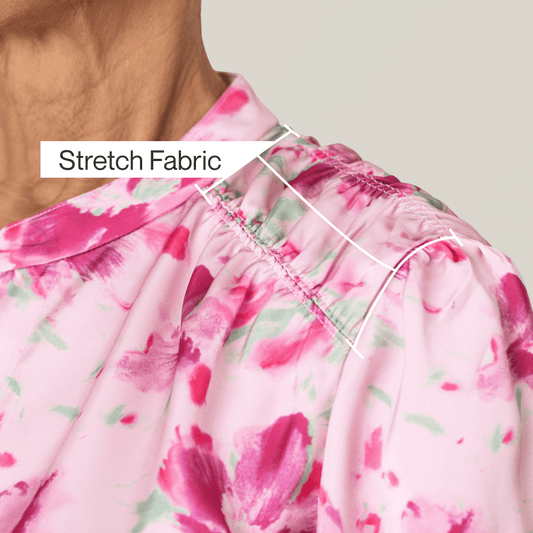
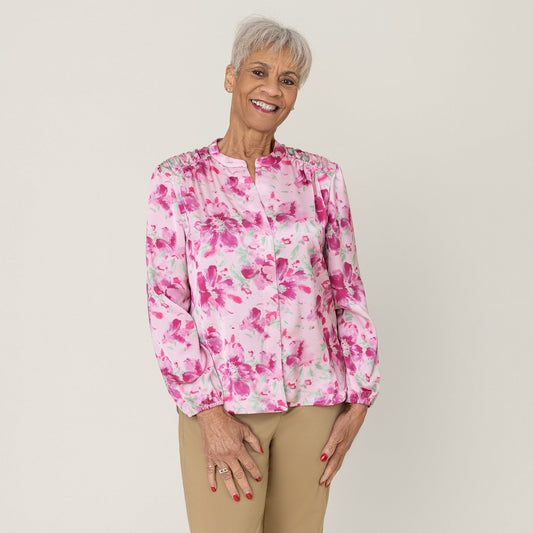
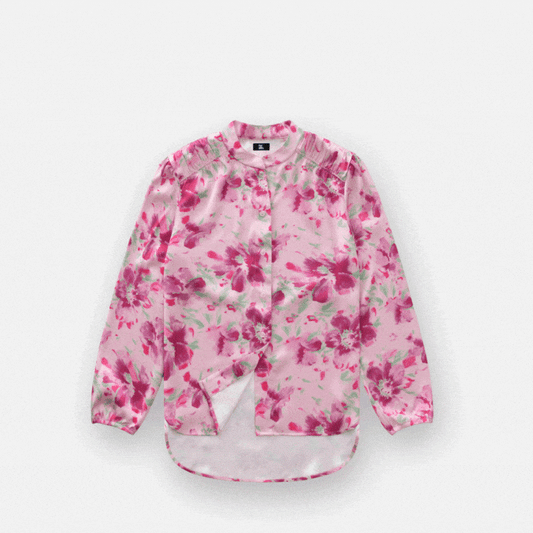
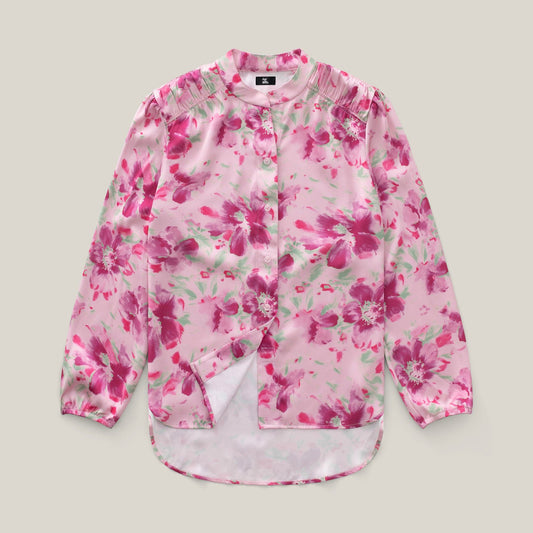
Magnetic Button Blouse
Sale Sold outRegular price $78Regular priceUnit price per$88Sale price $78Only 1 left in stock — don’t miss out!
View Full Product DetailsCouldn't load pickup availability
-
 Regular price $88Regular priceUnit price per
Regular price $88Regular priceUnit price per$88Sale price $880% Off
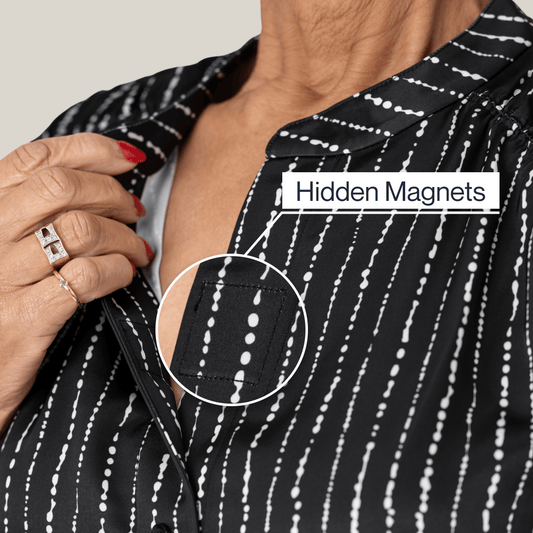


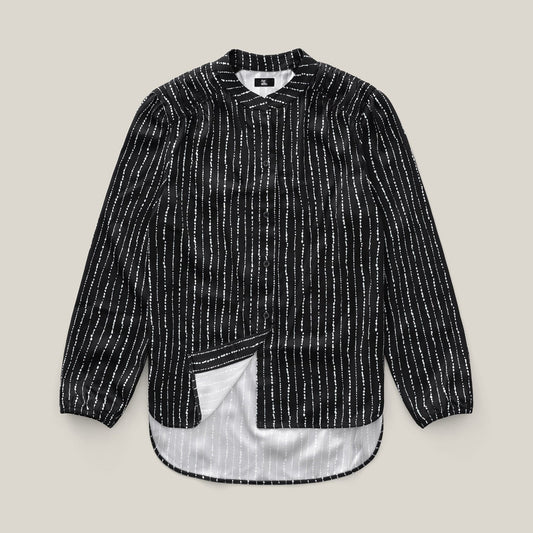
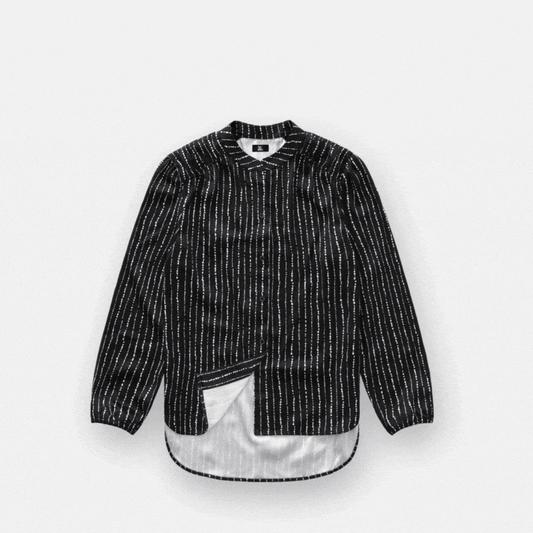
Magnetic Button Blouse
Sale Sold outRegular price $78Regular priceUnit price per$88Sale price $78Only 1 left in stock — don’t miss out!
View Full Product DetailsCouldn't load pickup availability
-
 Best Seller 19% OffRegular price $88Regular priceUnit price per
Best Seller 19% OffRegular price $88Regular priceUnit price per$108Sale price $88Best Seller 19% Off





Magnetic Button-Down | Tailored-Fit
Sale Sold outRegular price $88Regular priceUnit price per$108Sale price $88Only 39 left in stock — don’t miss out!
View Full Product DetailsCouldn't load pickup availability
-
 19% OffRegular price $88Regular priceUnit price per
19% OffRegular price $88Regular priceUnit price per$108Sale price $8819% Off





Magnetic Button-Down | Tailored-Fit
Sale Sold outRegular price $88Regular priceUnit price per$108Sale price $88Only 39 left in stock — don’t miss out!
View Full Product DetailsCouldn't load pickup availability
-
 19% OffRegular price $88Regular priceUnit price per
19% OffRegular price $88Regular priceUnit price per$108Sale price $8819% Off






Magnetic Button-Down | Tailored-Fit
Sale Sold outRegular price $88Regular priceUnit price per$108Sale price $88Only 39 left in stock — don’t miss out!
View Full Product DetailsCouldn't load pickup availability
-
 19% OffRegular price $88Regular priceUnit price per
19% OffRegular price $88Regular priceUnit price per$108Sale price $8819% Off





Magnetic Button-Down | Tailored-Fit
Sale Sold outRegular price $88Regular priceUnit price per$108Sale price $88Only 39 left in stock — don’t miss out!
View Full Product DetailsCouldn't load pickup availability
-
 19% OffRegular price $88Regular priceUnit price per
19% OffRegular price $88Regular priceUnit price per$108Sale price $8819% Off




Magnetic Button-Down | Tailored-Fit
Sale Sold outRegular price $88Regular priceUnit price per$108Sale price $88Only 39 left in stock — don’t miss out!
View Full Product DetailsCouldn't load pickup availability
-
 10% Off
10% Off -
 10% Off
10% Off -
CareZips® Men's Access Pants
Regular price $108Regular priceUnit price per$108Sale price $108 -
 26% Off
26% OffCareZips® Women's Access Pants
Regular price $80Regular priceUnit price per$108Sale price $8026% Off -
Big-Grip No-Slip Compression Socks: 3-Pack
Regular price $44Regular priceUnit price per$54Sale price $4419% Off -
 23% Off
23% Off -
 11% Off
11% Off -
 Best Seller 19% Off
Best Seller 19% OffMagnetic Button-Down | Tailored-Fit
Regular price $88Regular priceUnit price per$108Sale price $8819% Off
Osteoporosis is a condition that weakens bones, making them fragile and more likely to break. This fragility can turn even everyday activities, such as dressing, into a challenge for osteoporosis sufferers. Choosing the right clothes for osteoporosis patients can significantly enhance comfort, reduce strain, and prevent injuries. Whether you're dealing with joint pain, limited mobility, or difficulty with balance, the right clothing can help make your daily life easier and safer. Adaptive clothing will benefit people living with osteoporosis. With so many stylish options out there, there's no excuse to try it out!
Key Features to Look in Clothing for Osteoporosis Sufferers
When selecting clothes for osteoporosis sufferers, it is essential to prioritize specific features that can aid in making dressing more manageable, especially for individuals who face limited mobility or have a higher risk of fractures. Each feature enhances comfort and ensures the safety of the wearer.
1. Elastic Waistbands
Elastic waistbands are a key feature in clothes for osteoporosis sufferers as they provide comfort and flexibility. Unlike traditional pants or skirts that require buttons or zippers, elastic waistbands stretch to fit the wearer without pressing on fragile bones or causing discomfort. This feature allows for easy on-and-off dressing, reducing strain on the body.
- Why It Helps: Elastic waistbands minimize the need for bending or pulling, preventing unnecessary pressure on sensitive bones and joints.
- Ideal Garment: Elastic waist pants provide comfort and support throughout the day.
2. Soft, Breathable Fabrics
Soft, breathable fabrics are another important feature in clothes for osteoporosis patients. Lightweight, gentle materials like cotton, bamboo, or microfiber are not only comfortable but also help regulate body temperature. These fabrics prevent overheating and reduce irritation, especially for those with sensitive skin due to medication or immobility.
- Why It Helps: Breathable fabrics allow for ventilation, which helps maintain a consistent body temperature, reducing the risk of discomfort and skin irritation.
- Ideal Garment: Adaptive tops made from soft fabrics offer a gentle touch against the skin.
3. Adaptive Design
Adaptive clothing is designed to make them easier to put and off and more comfortable to wear for people who find traditional clothing difficult to manage. This is particularly true for those living with osteoporosis. Features like side openings, magnetic closures, and adjustable fits make it easier for caregivers to assist with dressing, while also allowing patients to retain some independence.
- Why It Helps: Adaptive clothing reduces the strain on both the wearer and caregiver, making dressing a more comfortable and safe process.
- Ideal Garment: Adaptive shirts with magnetic buttons allow for easier dressing without causing pain or discomfort.
4. Open Back & Easy Access
Open-back clothing, such as shirts or nightgowns, is designed for individuals who have difficulty with movement and require assistance with dressing. This type of clothing makes it easier to dress from the back without having to pull garments over the head or manipulate stiff limbs, like donning a hospital gown. It is particularly beneficial for patients who experience pain or stiffness in the spine or shoulders due to osteoporosis. Please note: shirts with open backs are designed to be put on with caregiver-assistance. It's very difficult (nearly impossible) to put these shirts on without help from someone else.
- Why It Helps: Open-back designs provide easy access for caregivers, reducing the risk of injury or strain during dressing.
- Ideal Garment: Adaptive nightgowns with an open-back design provide both comfort and practicality.
Types of Clothes for Osteoporosis Patients
There are various types of clothes for osteoporosis patients that are designed to make dressing easier and more comfortable.
1. Adaptive Tops/Shirts
Adaptive tops and shirts are designed with features like magnetic buttons, side snaps, or open backs to make dressing easier for individuals with limited mobility. These tops are ideal for osteoporosis patients who may find it difficult to raise their arms or bend over when dressing.
- Why It Helps: Adaptive tops provide easy access, allowing wearers or caregivers to dress without causing strain on fragile bones.
2. Elastic Waist Pants
Elastic waist pants are a must-have for osteoporosis sufferers. These pants are easy to put on and take off, reducing the need to bend over or struggle with fastenings. The flexible waistband provides comfort while sitting or moving, making them ideal for daily wear.
- Why It Helps: Elastic waist pants reduce strain on the spine and hips, ensuring a comfortable fit throughout the day.
3. Non-Slip Socks
Non-slip socks are designed with grip patterns on the sole to prevent falls and improve balance. These socks are crucial for osteoporosis patients, who are more susceptible to fractures from falls. Non-slip socks help maintain stability, especially on smooth surfaces like wood or tile floors.
- Why It Helps: Non-slip socks reduce the risk of slipping and falling, which is especially important for individuals with fragile bones.
5. Adaptive Pants
Like elastic waist pants, adaptive pants for men and adaptive pants for women are designed for comfort and accessibility. These pants often feature side zippers or Velcro fastenings, allowing for easy dressing without bending or twisting. Adaptive pants are particularly helpful for individuals who need assistance with dressing but still want to maintain their independence.
- Why It Helps: Adaptive pants reduce the need for complex movements, making them a comfortable option for osteoporosis sufferers with limited mobility.
6. Adaptive Nightgowns
Adaptive nightgowns provide both comfort and convenience for osteoporosis patients who need assistance with dressing or are looking for an adaptive option that promotes independence. These gowns often feature open backs or side openings (for assisted dressing) or front closure (for self dressing) allowing for easy access without causing discomfort. The soft fabrics used in these garments make them ideal for sleeping or lounging.
- Why It Helps: Adaptive nightgowns provide an easy-to-wear option for those who need assistance with dressing, while also offering comfort and flexibility.
Tips for Dressing Osteoporosis Patients
Dressing osteoporosis patients can be a challenge, but there are several tips that can make the process easier and more comfortable. By choosing the right clothes for osteoporosis sufferers and incorporating adaptive dressing techniques, patients can maintain their independence and comfort.
1. Avoid Tight-Fitting Clothes
Tight-fitting clothes can put unnecessary pressure on fragile bones and joints, causing discomfort or even injury. Loose-fitting, stretchy garments are a better option for osteoporosis patients as they allow for freedom of movement without constriction.
- Why It Helps: Loose-fitting clothes reduce pressure on sensitive areas, preventing discomfort and ensuring easier dressing.
2. Use Dressing Aids
Dressing aids, such as long-handled reachers or button hooks, can help osteoporosis sufferers dress without overexerting themselves. These tools are especially helpful for individuals who have difficulty bending or reaching.
- Why It Helps: Dressing aids make the process easier and safer, reducing the risk of injury while dressing.
3. Choose Lightweight Fabrics
Lightweight fabrics, such as cotton or bamboo, provide comfort without adding extra bulk. These fabrics are ideal for osteoporosis patients who may struggle with heavy clothing or experience discomfort due to thick materials.
- Why It Helps: Lightweight fabrics ensure that the patient stays comfortable while preventing overheating or irritation.
Assist Osteoporosis Patients With Adaptive Clothing
Choosing the right clothes for osteoporosis patients can have a significant impact on their daily comfort and well-being. Adaptive clothing designed with ease of use and comfort in mind ensures that osteoporosis sufferers can maintain their independence while reducing the risk of injury or discomfort. At Joe & Bella, we offer a wide range of adaptive clothing options that cater to the specific needs of osteoporosis sufferers, including elastic waist pants, adaptive tops, and non-slip socks. Our clothes are designed to provide comfort, support, and style, making everyday dressing easier for both the wearer and caregiver.
If you're looking for the best clothing options for yourself or a loved one with osteoporosis, consider exploring Joe & Bella's collection of adaptive clothing. Our garments are designed to offer the perfect combination of comfort, convenience, and safety, ensuring that osteoporosis patients can live their lives with confidence and ease.
